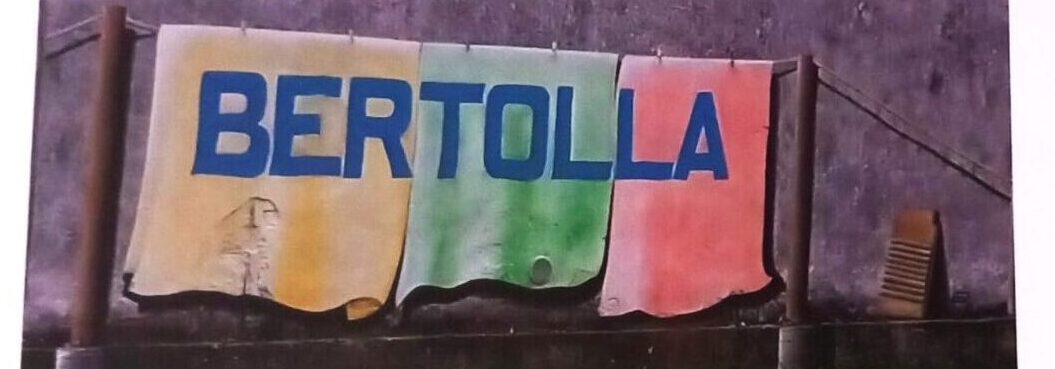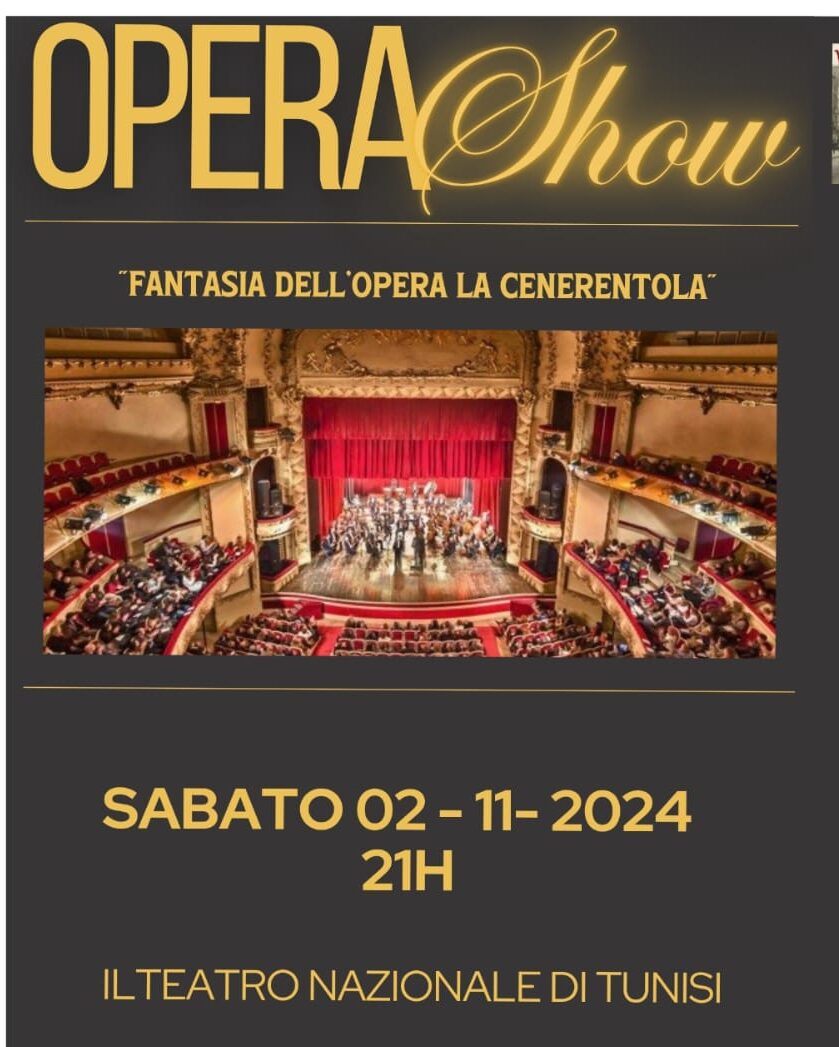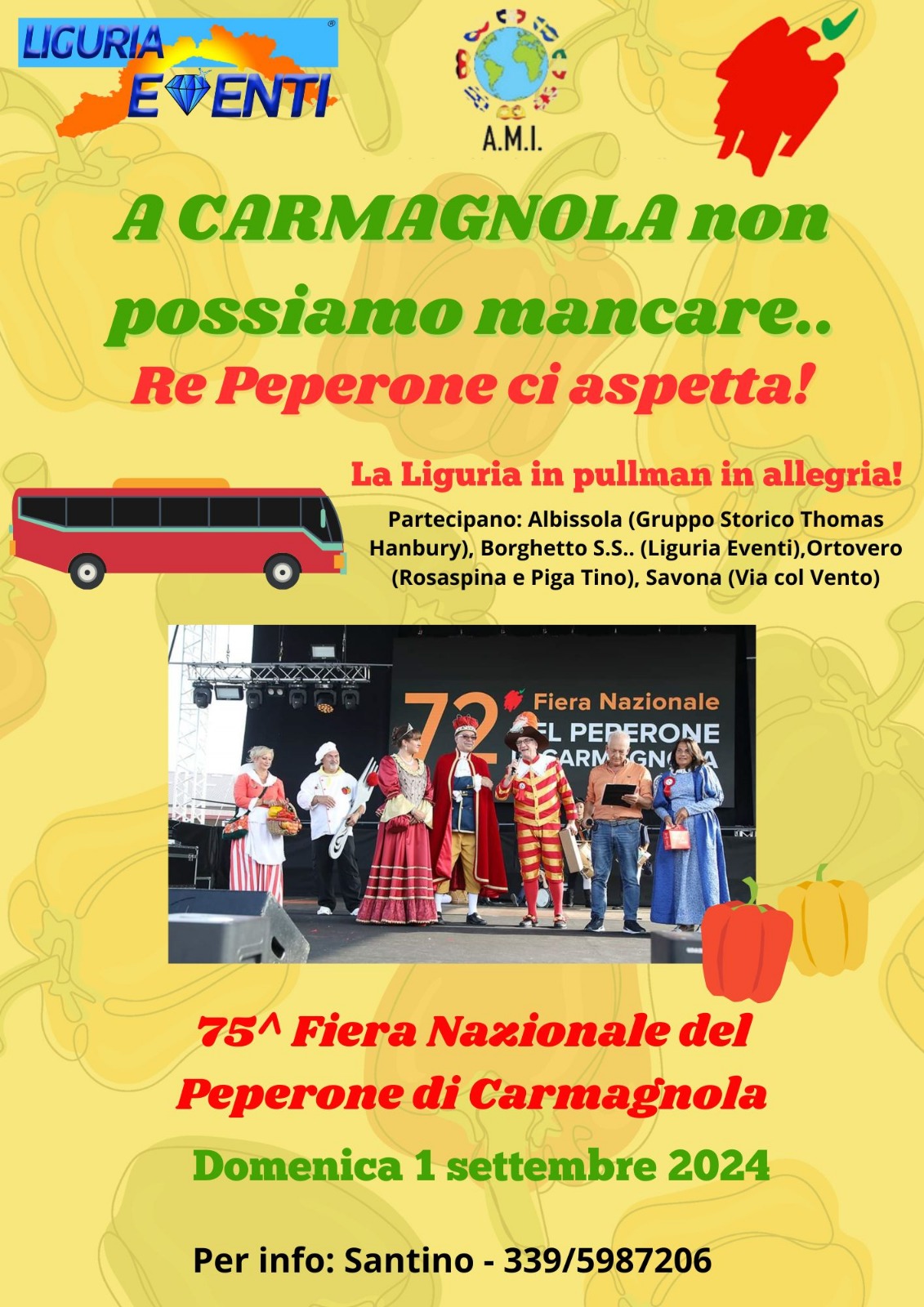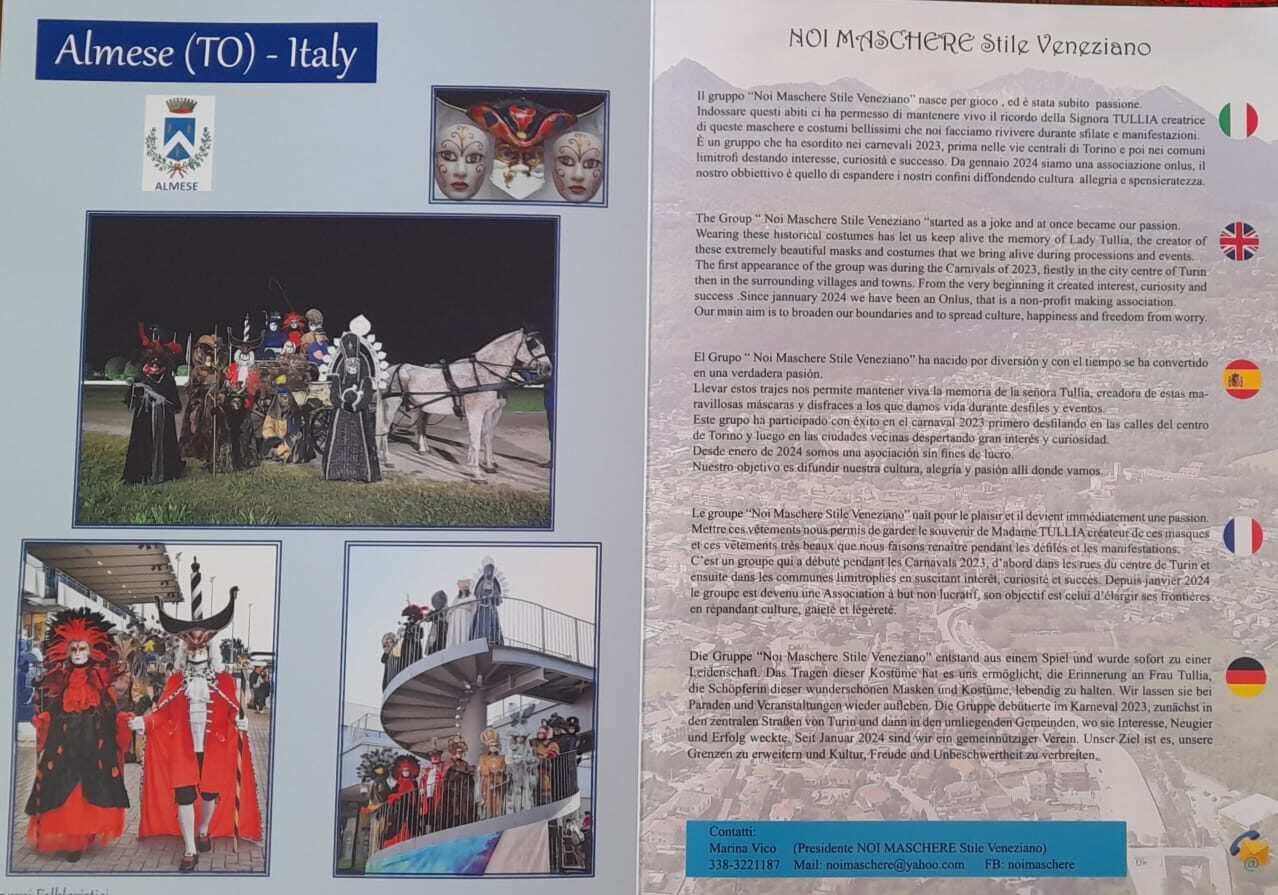Argentina, Rosario
ASSOCIASSION PIEMONTÈISA
“La Giacometta del Gianduia” è interpretata da Gabriela Rossetti che fu nominata dallo storico e indimenticato “Gianduia”, Andrea Flamini, fondatore dell’Associassion Piemontèisa a Rosario, in Argentina
Correva l’anno 1977, quando in occasione del mio primo viaggio in Piemonte, ho conosciuto la magnifica persona di Andrea Flamini, interpretando la popolare maschera di Gianduja: ai miei solo 18 anni, era solo un mio vivo desiderio conoscere Torino e vivere insieme ai miei nonni, stabiliti a Trana, un pò di quella piemontesitá di cui tanto si parlava qui in Argentina. Il mio incontro con Flamini si limitava solo alla richiesta di portare il ballo “la monferrina” in Argentina, perché nonostante i 3 milioni di immigrati piemontesi residenti, qui si conosceva solo “la tarantella”. Andrea ha capito e colto subito il mio interesse verso la tradizione piemontese, mi ha spronato a formare un gruppo folklorico che difondesse la tradizione popolare in questa grande terra piena di immigranti.
Così è stato: nell’anno 1981 si forma a Rosario, il gruppo folk Città di Torino, esattamente uguale a quello che gestiva Flamini presso la sua Associasson. Da qui inizia una bella avventura di percorsi culturali tradizionali con il solo obbiettivo di mantenere viva la tradizione portata da tanti piemontesi residenti in Argentina.
Le maschere di GIANDUJA E GIACOMETTA (interpretata da Ettore Fonzo e Gabriela Rossetti) accompagnarono il gruppo in ogni presentazione culturale, essendo le uniche maschere italiane rappresentate in un ambiente italo-argentino.
Andrea Flamini venne parecchie volte a Rosario a trovare il gruppo folk Città di Torino, sempre disponibile e gentile ad insegnare ai giovani discendenti piemontesi e non, amava trasmetterle tutto il bagaglio di canzoni e balli da poter presentare uno spettacolo di tradizione popolare: un vero ambasciatore della cultura piemontese nel mondo.
Il gruppo folkloristico ha girato tutta l’Argentina presentando e diffondendo le tradizioni piemontesi: GIANDUJA E GIACOMETTA non solo presentavano lo spettacolo ma anche fornivano delle informazioni riguardante la cultura popolare piemontese.
Nell’anno 1988, il grupo folk é stato ospite della Regione Piemonte, in occasione della Festa di San Giovanni a Torino, in cui, i due gruppi folk diretti da Flamini(quello torinese e quello argentino)si sono uniti in un unico spettacolo di tradizione popolare.
Dopo 40 anni di diffondere il folklore piemontese, le maschere di GIANDUJA E GIACOMETTA non si esisbiscono piu insieme al suo grupo folk per svariati motivi associativi.
“La Giacometta del Gianduia” is played by Gabriela Rossetti who was named by the historic and unforgettable “Gianduia”, Andrea Flamini, founder of the Associassion Piemontèisa in Rosario, Argentina
It was the year 1977, when on the occasion of my first trip to Piedmont, I met the magnificent person of Andrea Flamini, interpreting the popular mask of Gianduja: at my only 18 years old, it was only my heartfelt desire to get to know Turin and live together with my grandparents, settled in Trana, a bit of that Piedmonteseness of which there was so much talk here in Argentina. My meeting with Flamini was limited only to the request to bring the “la monferrina” dance to Argentina, because despite the 3 million Piedmontese immigrants residing, only “the tarantella” was known here. Andrea immediately understood and caught my interest in the Piedmontese tradition, he encouraged me to form a folk group that would spread the popular tradition in this great land full of immigrants.
So it was: in 1981 the folk group City of Turin was formed in Rosario, exactly the same as the one that Flamini managed at his Associasson. From here begins a beautiful adventure of traditional cultural itineraries with the sole aim of keeping alive the tradition brought by many Piedmontese residents in Argentina.
The masks of GIANDUJA AND GIACOMETTA (played by Ettore Fonzo and Gabriela Rossetti) accompanied the group in each cultural presentation, being the only Italian masks represented in an Italian-Argentine environment.
Andrea Flamini came to Rosario several times to find the Città di Torino folk group, always available and kind to teach young Piedmontese and non-Piedmontese descendants, he loved to pass on all the baggage of songs and dances to be able to present a show of popular tradition: a true ambassador of Piedmontese culture in the world.
The folk group toured all over Argentina presenting and spreading Piedmontese traditions: GIANDUJA AND GIACOMETTA not only presented the show but also provided information regarding Piedmontese popular culture.
In 1988, the folk group was a guest of the Piedmont Region, on the occasion of the Festa di San Giovanni in Turin, in which, the two folk groups directed by Flamini (the one from Turin and the Argentine one) united in a single show of popular tradition.
After 40 years of spreading Piedmontese folklore, the masks of GIANDUJA AND GIACOMETTA no longer exhibit together with his folk group for various associative reasons.
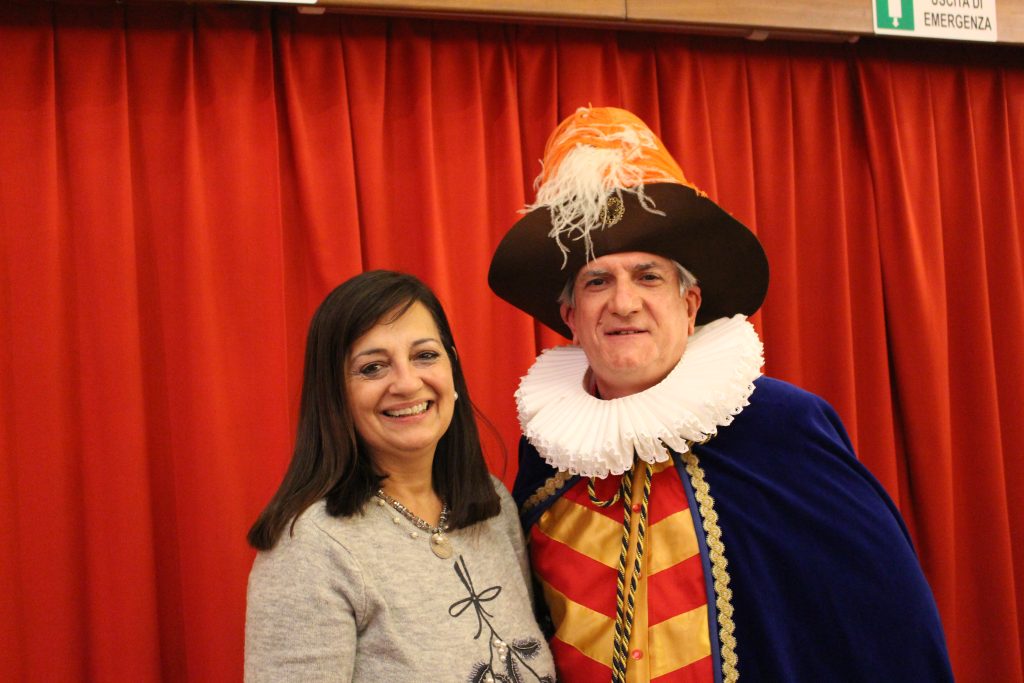
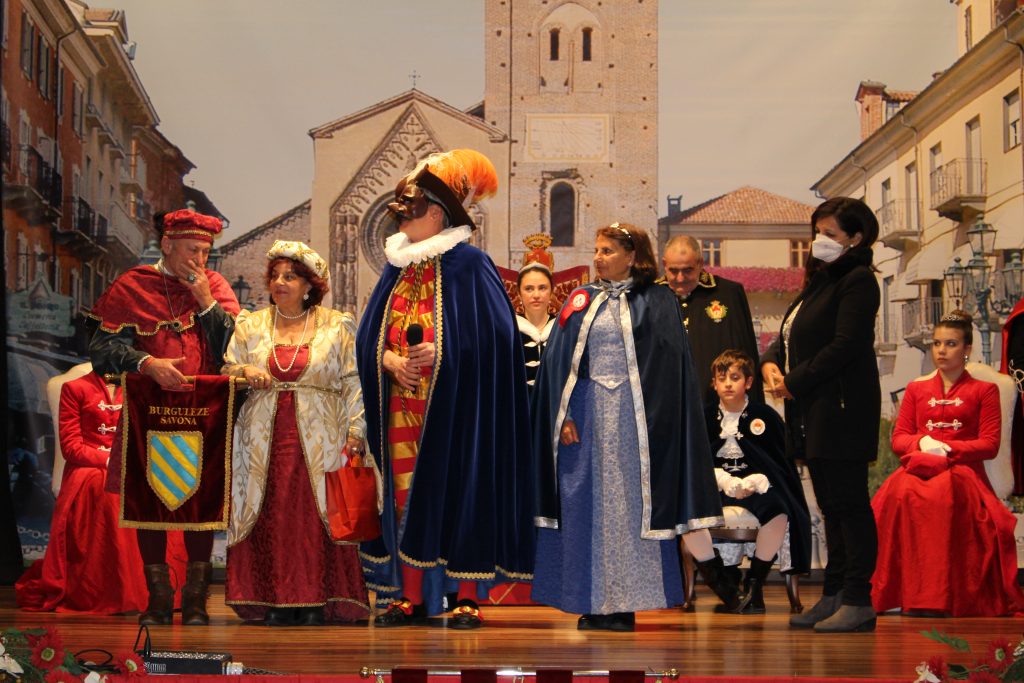
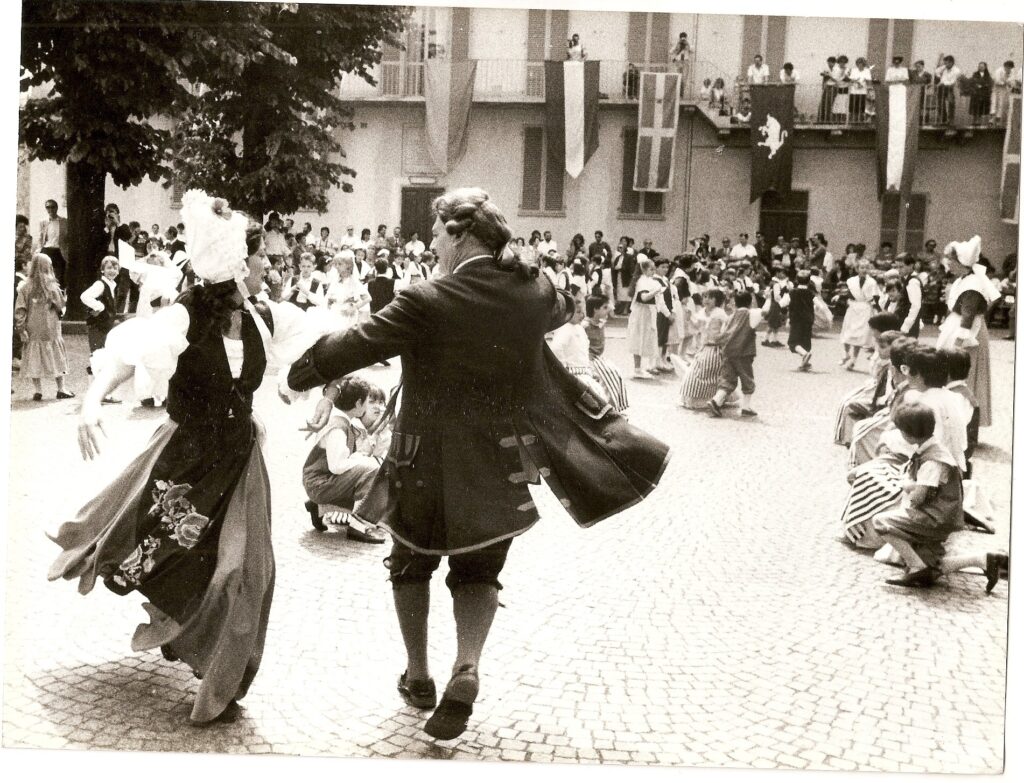
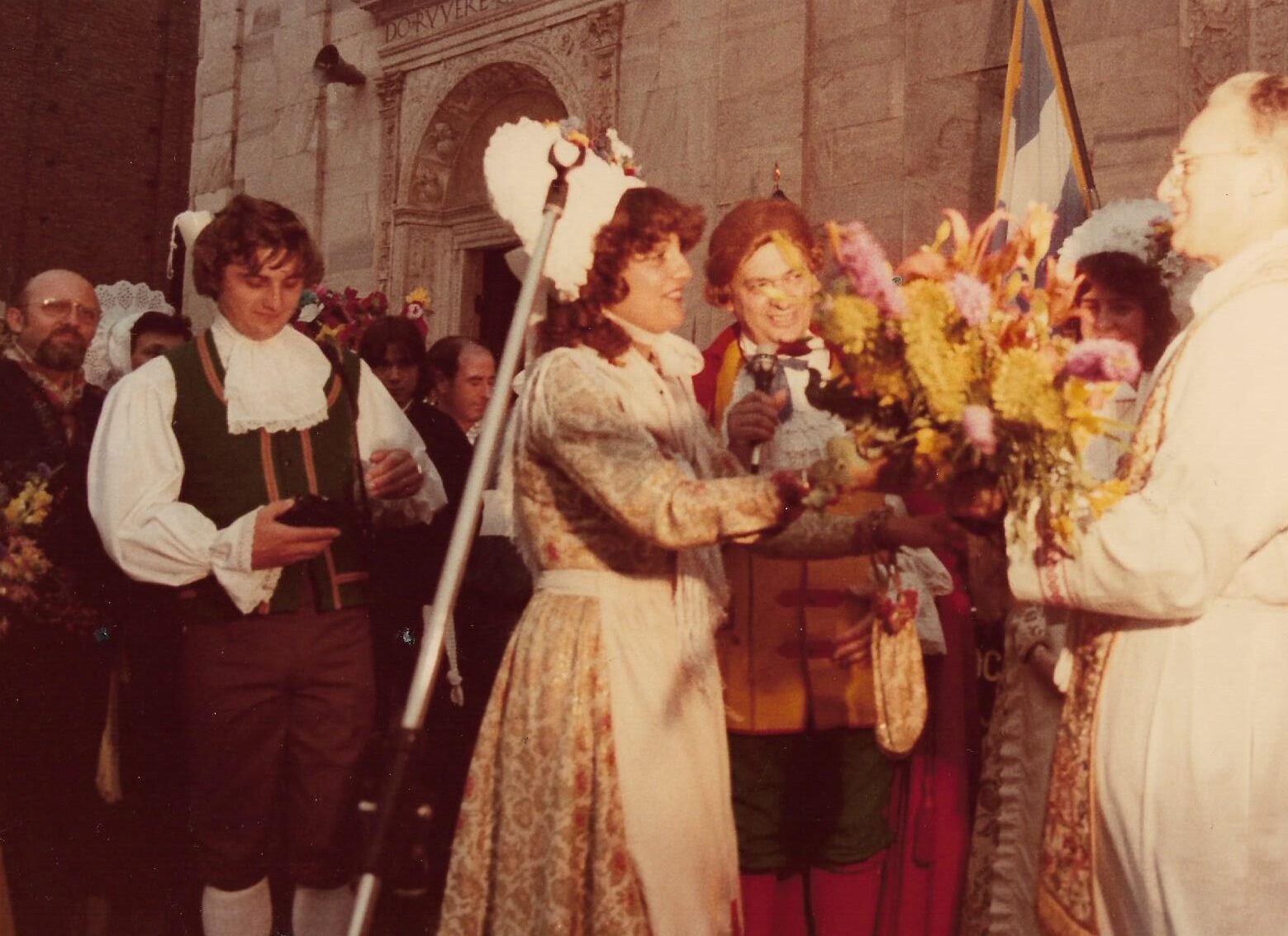
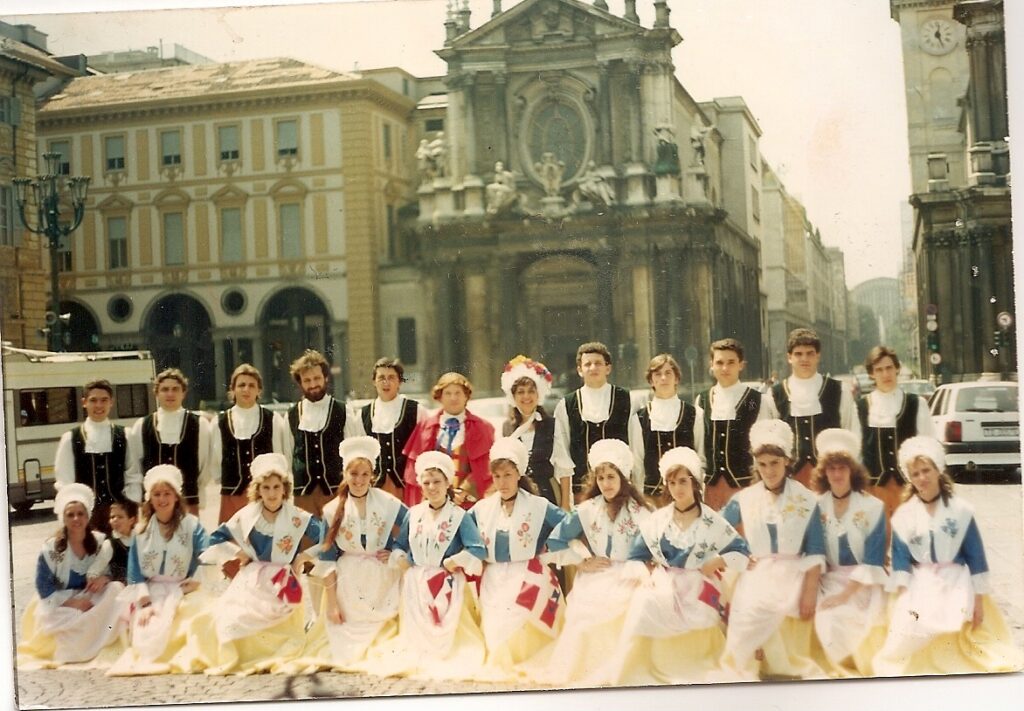



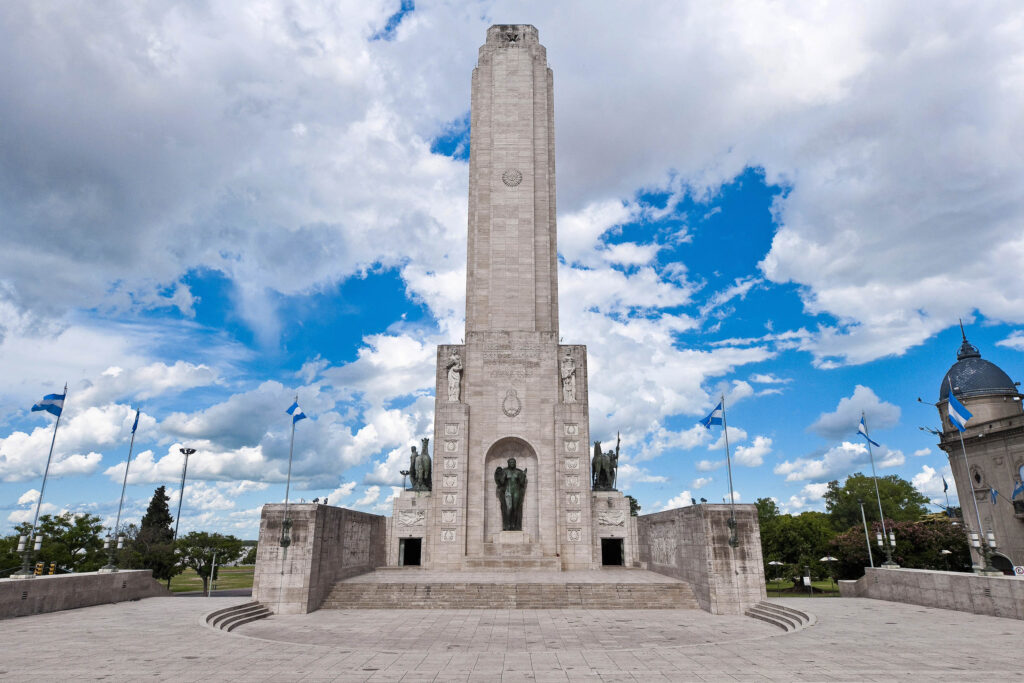
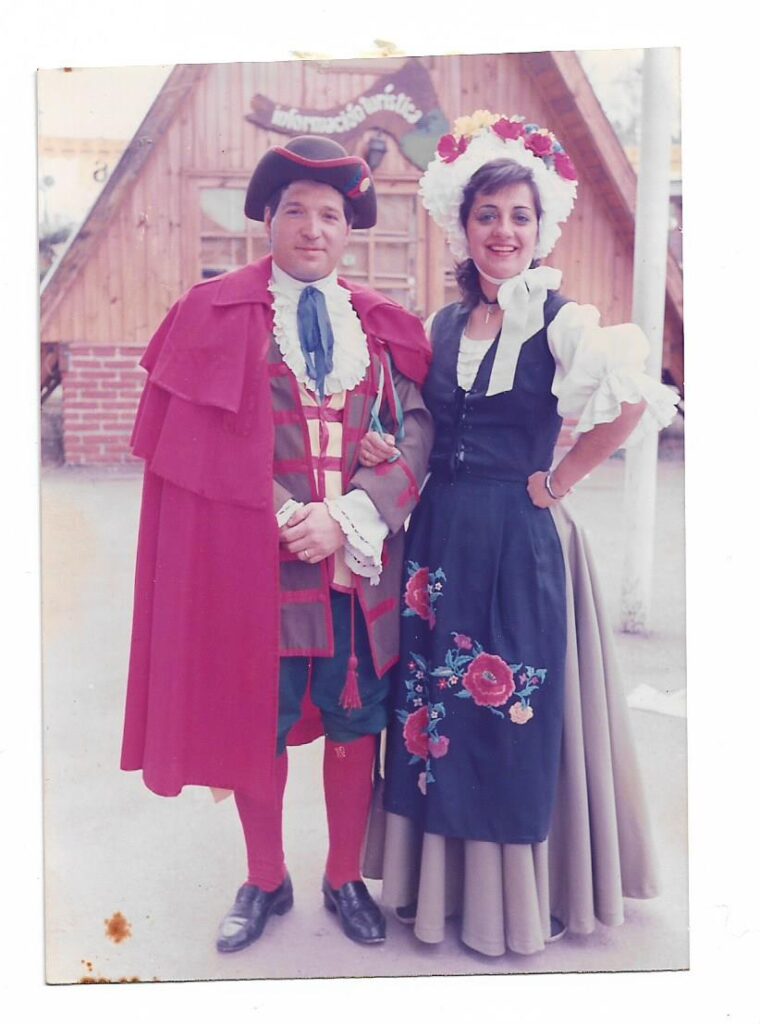
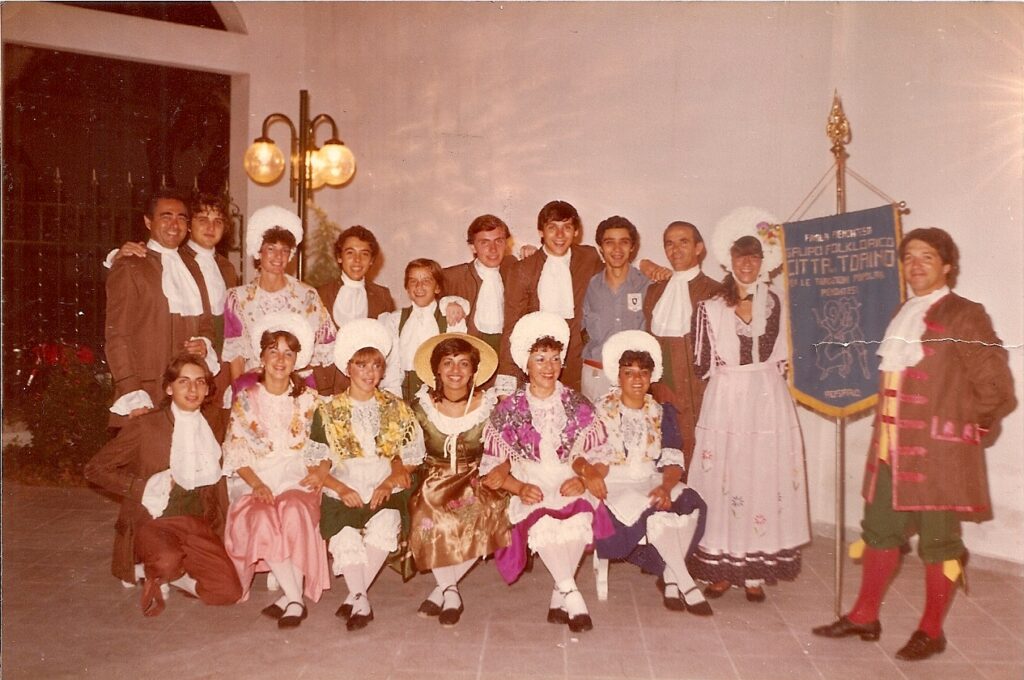
Austria, Telf
TELFER FASCHING
Il Carnevale di Telfs è molto importante per la tradizione austriaca, è stato inserito nella lista del Patrimonio Mondiale dell’Umanità tutelato dall’Unesco. Il punto focale è la Schleicherlaufen, ovvero la sfilata in maschera che vede streghe, orsi e selvaggi procedere per le vie del paese. Le radici di questo Carnevale sono molto antiche, cosi come le figure dei Wilden e degli Schieicher, con tutta probabilità derivati da culti rituali di tempi molto lontani. Gli Schleicher portano sul volto delle maschere che garantiscono un aspetto giovanile, mentre sul viso dei Wilden, i cosiddetti selvaggi, ci sono maschere in legno che rievocano il mondo naturale.
The Telfs Carnival is very important for the Austrian tradition, it has been included in the list of World Heritage Sites protected by Unesco. The focal point is the Schleicherlaufen, or the masked parade that sees witches, bears and savages proceeding through the streets of the town. The roots of this Carnival are very ancient, as are the figures of the Wilden and Schieicher, in all probability derived from ritual cults of very distant times. The Schleichers wear masks on their faces that guarantee a youthful appearance, while on the faces of the Wildens, the so-called savages, there are wooden masks that evoke the natural world.
Belgio, Binche
LES GILLES
Il Carnevale di Binche è una festa tradizionale che si tiene ogni anno in una città del Belgio forse poco conosciuta, ma davvero molto affascinante. Situata nella regione della Vallonia, Binche presenta uno tra i più antichi Carnevali al mondo, tanto da essersi guadagnato il titolo di Patrimonio Culturale dell’Umanità Unesco nel 2003. I personaggi principali sono i Gilles, che danzano sull’aria di musiche tradizionali del carnevale, musiche suonate da una piccola fanfara composta da ottoni, tamburi. Durante i festeggiamenti si balla, si lanciano coriandoli e a un certo punto persino arance, che secondo tradizione portano fortuna. Tant’è che rifiutarne una è considerato un grave insulto.
The Carnival of Binche is a traditional festival held every year in a Belgian city that is perhaps little known, but truly very fascinating. Located in the Wallonia region, Binche has one of the oldest Carnivals in the world, so much so that it earned the title of Unesco World Heritage Site in 2003. The main characters are the Gilles, who dance to traditional carnival music, music played by a small fanfare composed of brass, drums. During the festivities, people dance, confetti is thrown and at one point even oranges, which according to tradition bring good luck. So much so that refusing one is considered a serious insult.
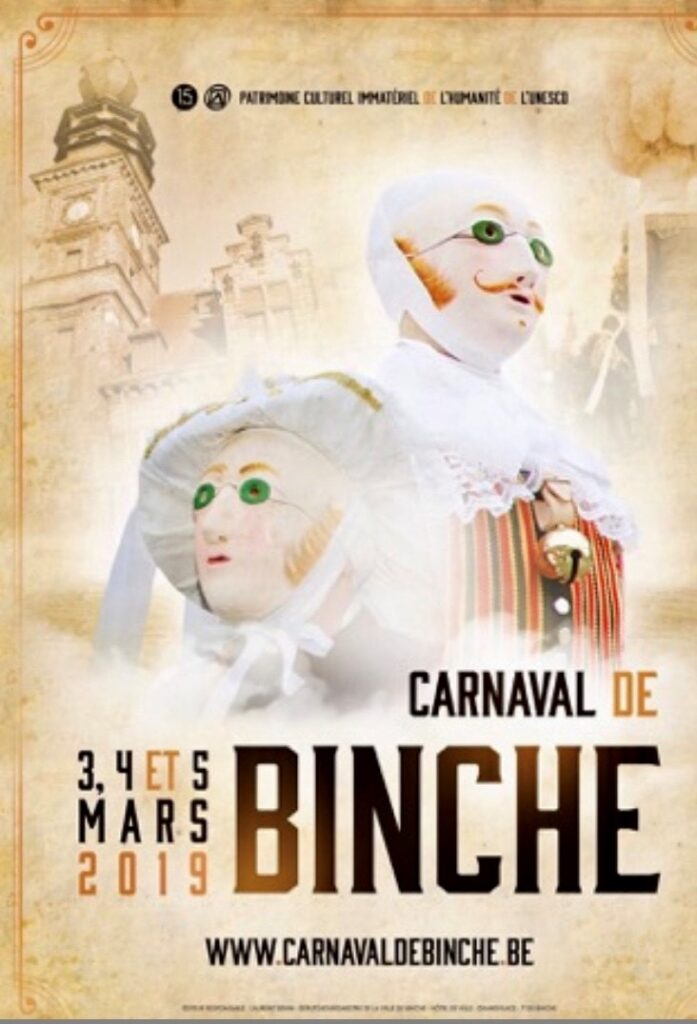
Benin, Porto Novo
ENSEMBLE ARTISTIQUE CULTUREL ET POLYPHONIQUE LA SYMPHONIE DU BENIN
Formato il 26 agosto 1999 da Gervais Tchina, è un gruppo folcloristico che interpreta musiche, canti, ritmi e danze delle culture e tradizioni endogene del Benin. La maschera Guèledè, già patrimonio Unesco, è uno dei balli che il nostro gruppo promuove. L’obiettivo della Benin Symphony è: contribuire alla trasmissione, promozione e vitalità del patrimonio culturale del Benin e dell’Africa, in particolare attraverso: la valorizzazione delle espressioni artistiche, le performance africane attraverso conferenze, libri, articoli, mostre di opere d’arte, relazioni e partecipazione a festival, tour artistici e culturali.
Formed on August 26, 1999 by Gervais Tchina, it is a folkloric group that interprets music, songs, rhythms and dances of the endogenous cultures and traditions of Benin. The Guèledè mask, which is already a UNESCO heritage site, is one of the dances that our group promotes. The Benin Symphony’s objective is: to contribute to the transmission, promotion and vitality of the Benin and African cultural heritage, in particular through: the enhancement of artistic expressions, African performances through conferences, books, articles, exhibitions of works of art , relations and participation in festivals, artistic and cultural tours.
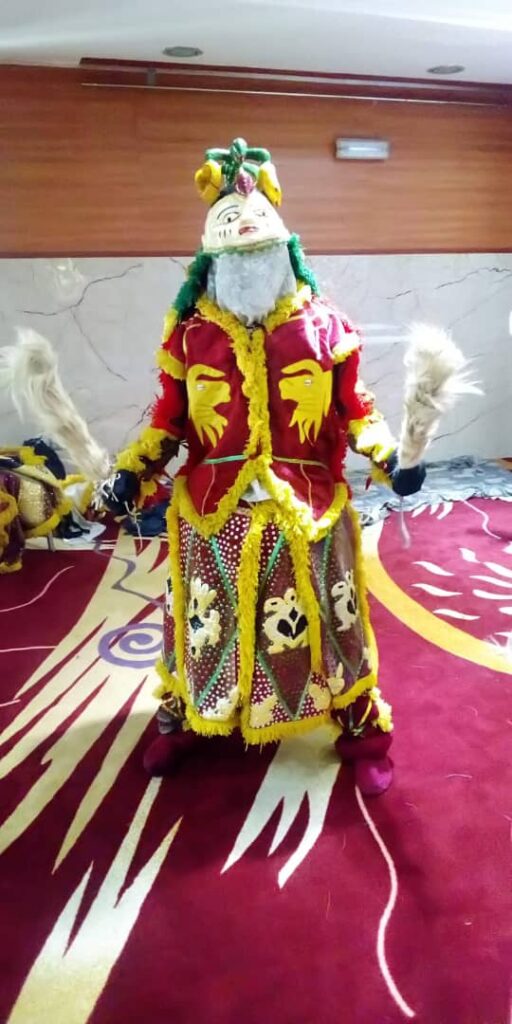
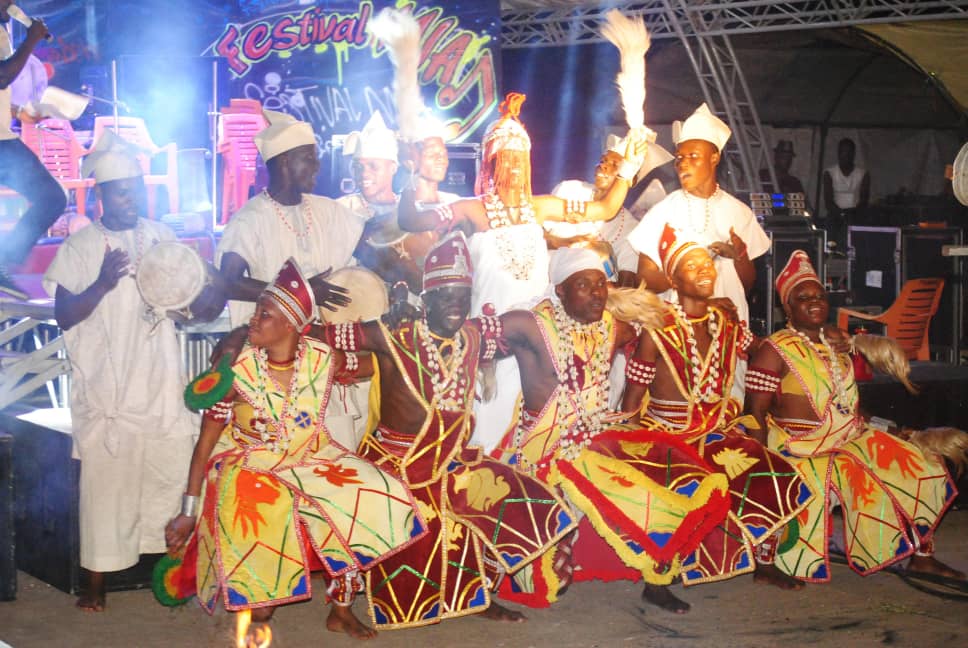
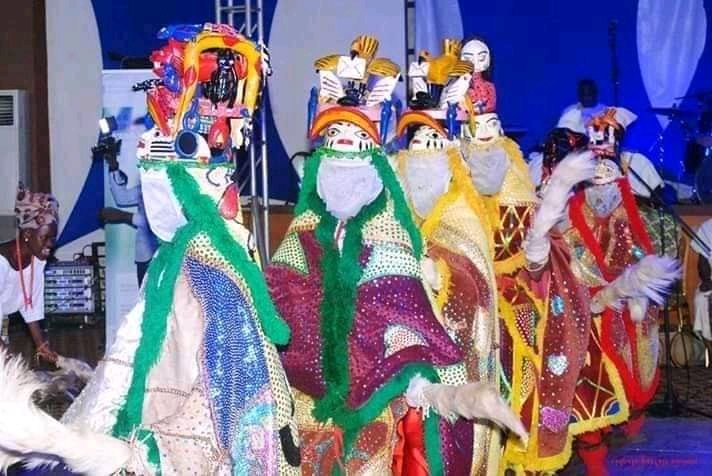
Benin, Cotonou
LA COMPAGNIE ARTISTIQUE TOFFODJI
La Compagnia Artistica Toffodji è stata creata nel 2011 e registrata nel 2016. È ancorata nel pantheon Vodoun delle danze contemporanee beninesi e afro; è piena di giovani, uomini, donne e bambini, ai quali allena la progettazione di costumi, oggetti scenici e abilità di recitazione.
Ha diversi trofei al suo attivo dopo aver partecipato a diversi festival a livello nazionale e internazionale.
The Toffodji Art Company was founded in 2011 and registered in 2016. It is anchored in the pantheon of contemporary Beninese and Afro artists; It’s a no-brainer, a no-brainer, and it’s all part of costume design, set design and acting skills.
He has several trophies to his credit after participating in several festivals nationally and internationally.
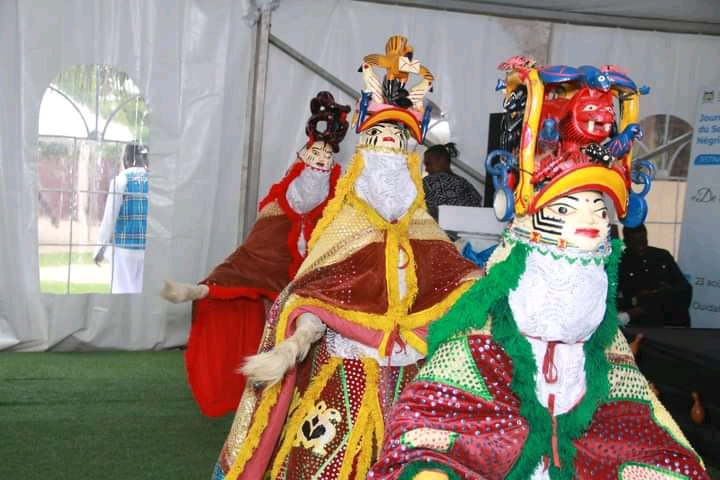
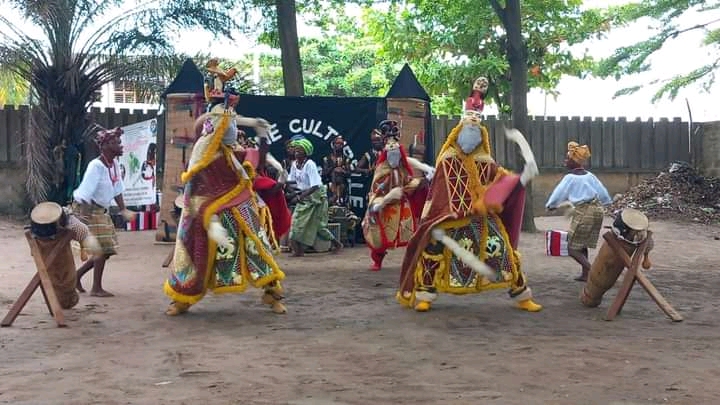
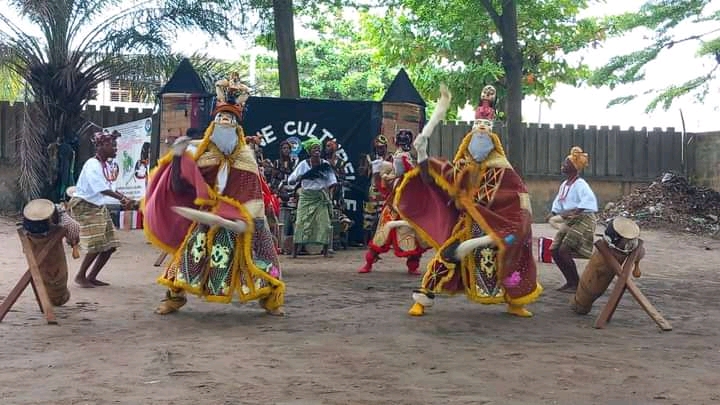
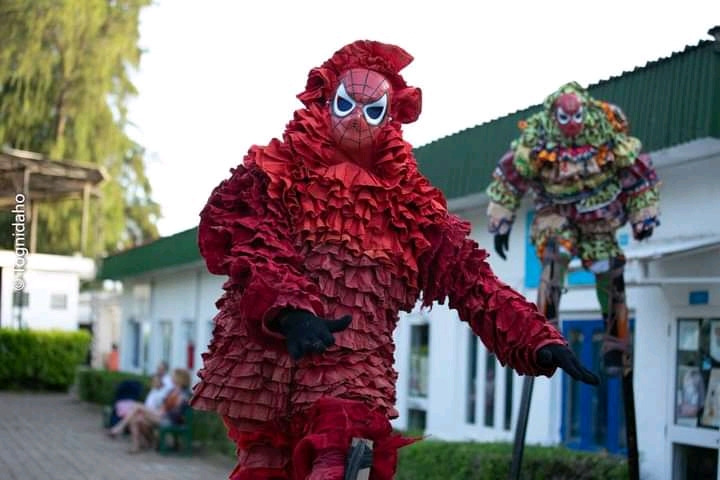
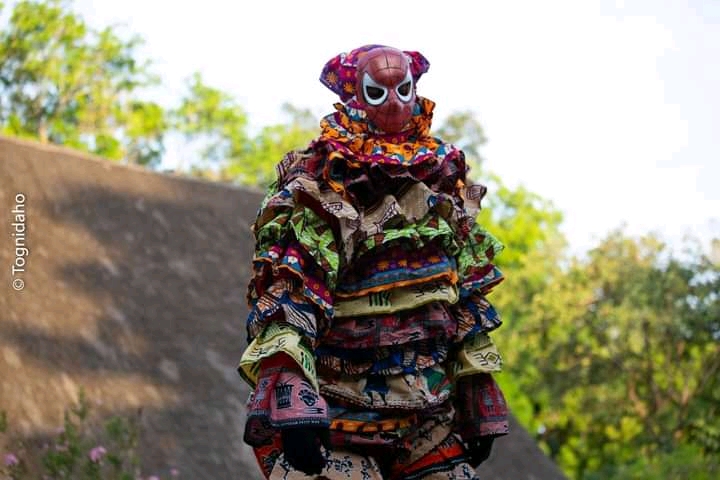
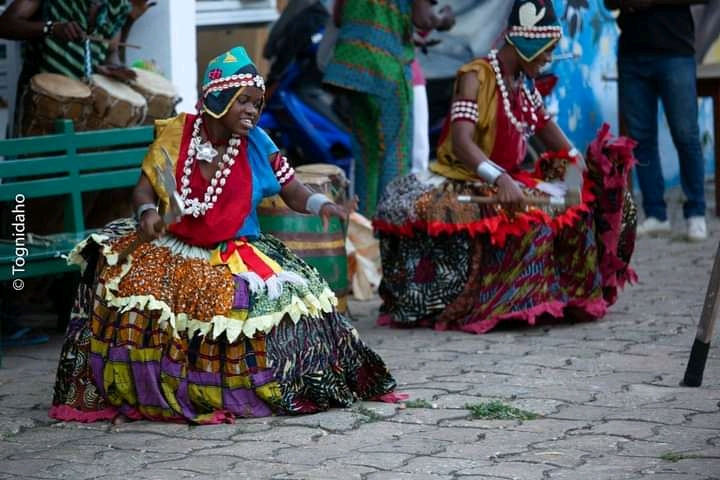
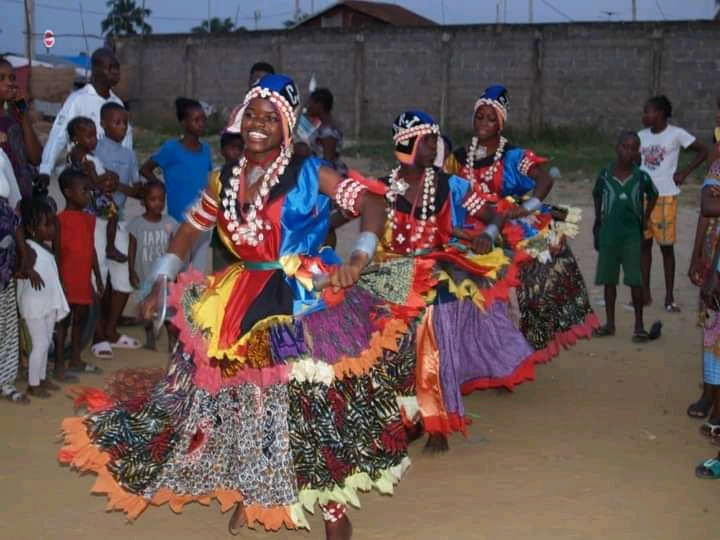
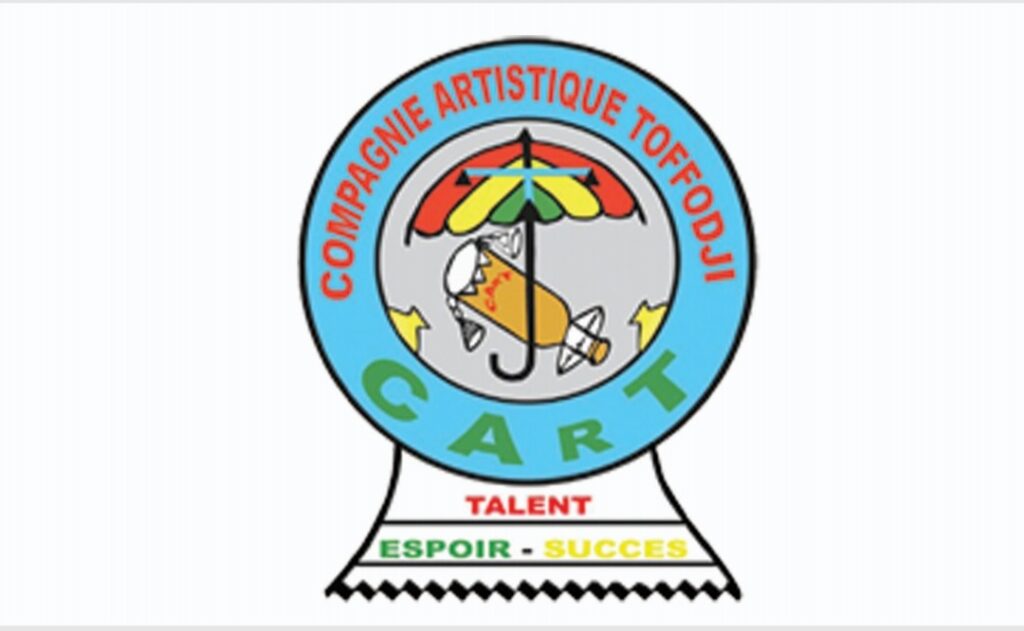
Bolivia
CAPORALES SAN SIMON USA FILIAL TORINO
Ha come sede centrale la città di Virginia (Stati Uniti), e conta diverse sedi nel mondo. Una di queste si trova a Torino ed è rappresentata da persone che condividono la stessa passione per il “caporale” Boliviano. Il nostro gruppo è caratterizzato da due corpi di ballo maschile “tropa de varones” e uno femminile “tropa de mujeres”, entrambi contano con una guida e una sotto guida per condurre al meglio i ballerini. Questa danza è caratterizzata da molti movimenti agili e atletici eseguiti dagli uomini, i quali con grida di coraggio ed euforia dimostrano la loro grinta, mentre le donne attraverso abiti e movimenti aggraziati, si distinguono per la loro sensualità e femminilità.
Its headquarters are in the city of Virginia (United States), and it has several offices around the world. One of these is located in Turin and is represented by people who share the same passion for the Bolivian “corporal”. Our group is characterized by two male dance groups “tropa de varones” and one female “tropa de mujeres”, both have a guide and an under guide to better lead the dancers. This dance is characterized by many agile and athletic movements performed by men, who demonstrate their grit with cries of courage and euphoria, while women, through graceful dresses and movements, stand out for their sensuality and femininity.
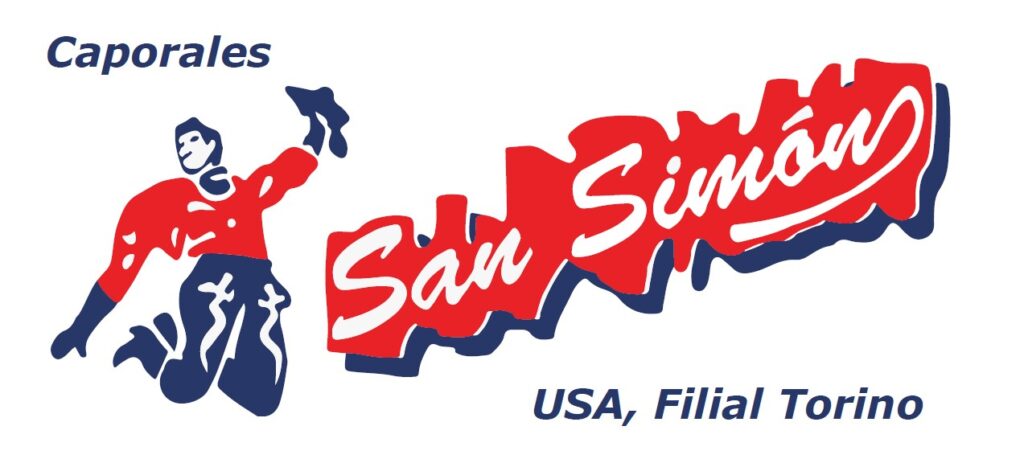
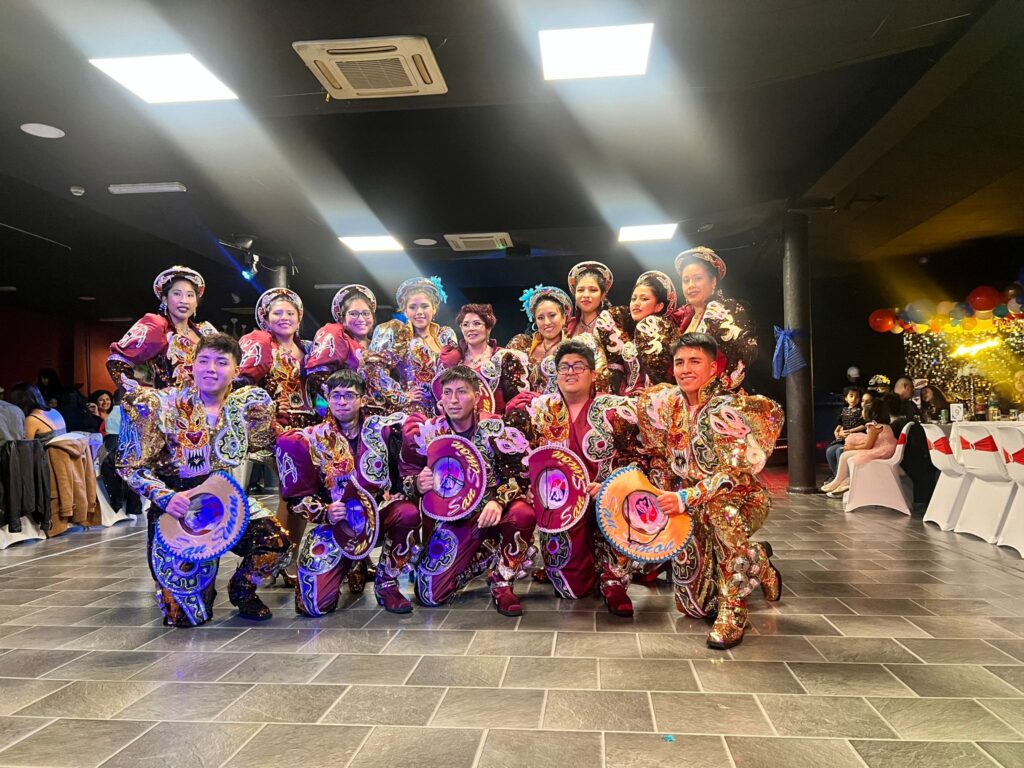
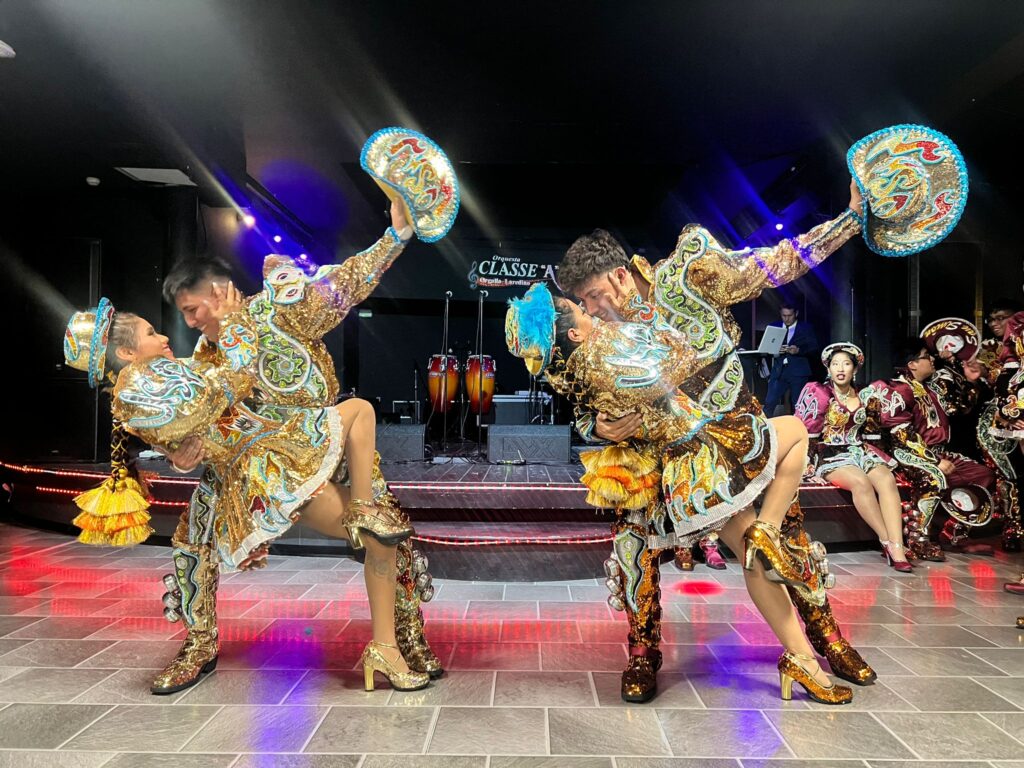
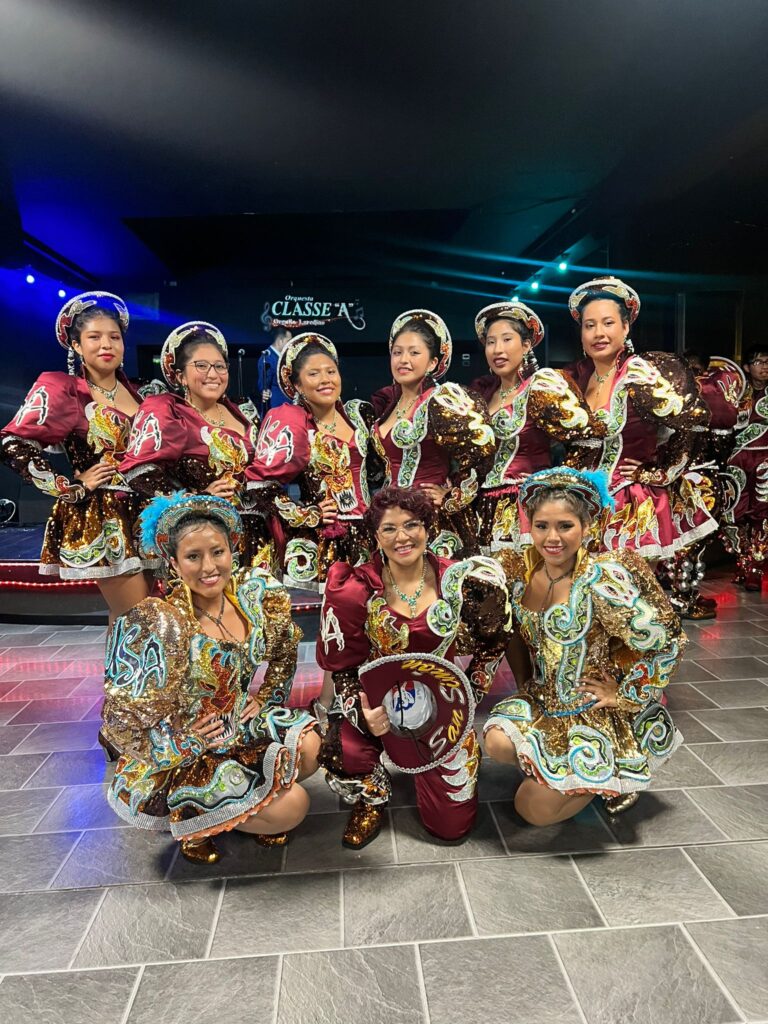
Bulgaria, Sofia
FOLK DANCE ENSEMBLE “BALKAN”
Il gruppo di danza popolare “Balkan” è stato fondato nel 1954. Dal 1970 nonostante i cambiamenti manageriali e personali nel gruppo si accumula un repertorio di balli che contribuisce al volto del gruppo. I membri del gruppo sono persone con background diversi, da studenti a lavoratiri, ed è un gruppo amatoriale. Nel 1974, il gruppo “Balkan” ha vinto il premio d’oro al IV festival repubblicano dei gruppi di danza amatoriali. Ai successivi V, VI e VII festival il gruppo ha mantenuto questo premio ed è sempre stato tra i vincitori della medaglia d’oro. Il gruppo inoltre ha appena vinto il primo premio al Sofia festival of youth arts 2000.
The folk dance group “Balkan” was founded in 1954. Since 1970 despite managerial and personal changes in the group a dance repertoire has accumulated which contributes to the face of the group. The members of the group are people from different backgrounds, from students to workers, and it is an amateur group. In 1974, the “Balkan” group won the gold prize at the IV republican festival of amateur dance groups. At the following V, VI and VII festivals the group kept this award and was always among the gold medal winners. The group has also just won the first prize at the Sofia festival of youth arts 2000.
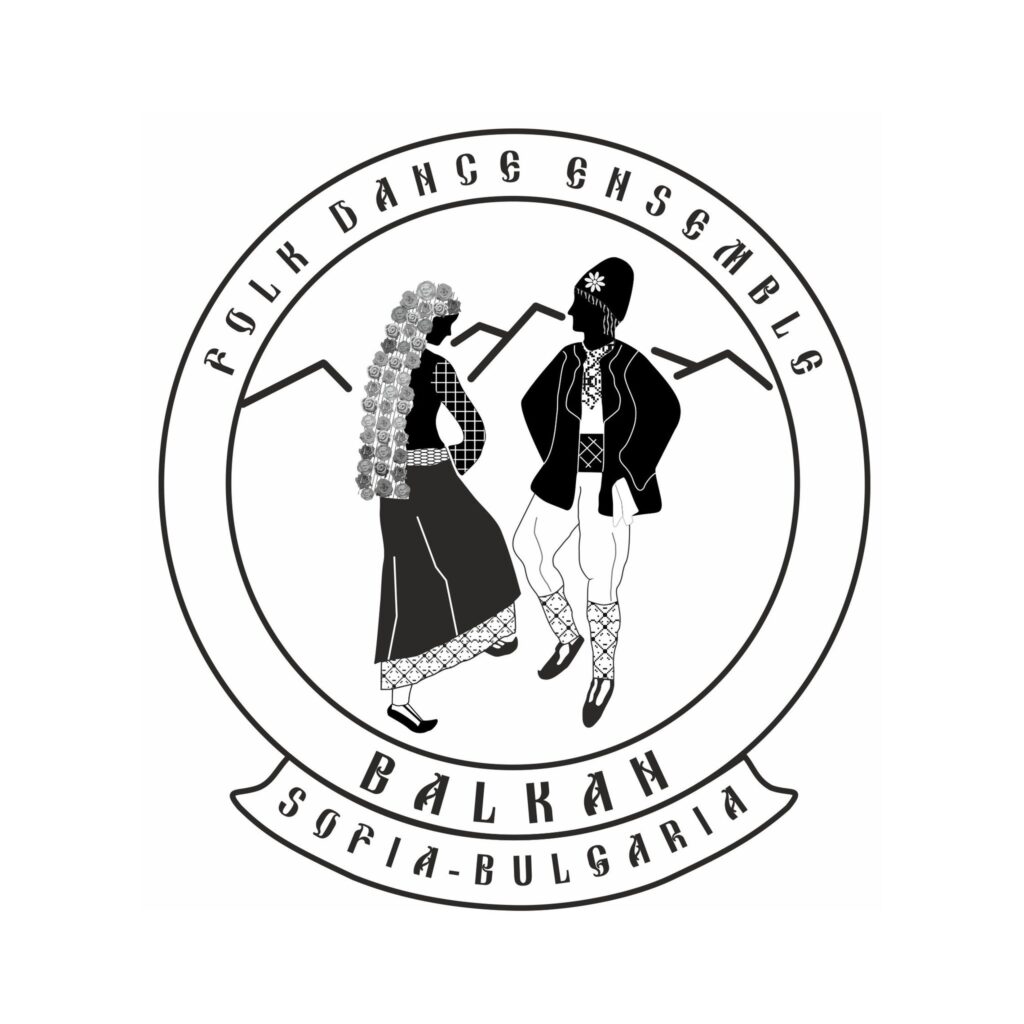



Francia, Chalon-sur-Saône
LA CONFRÉRIE ROYALE GÔNIOTIQUE
La Confrérie Royale Gôniotique è vetrina e custode delle tradizioni carnevalesche di Chalon-sur-Saône. È una confraternita millenaria nello spirito, sebbene fondata nel 1947. È composta dai valorosi sudditi del re dei gonioti, sua maestà Cabache, re del Carnevale. La tradizione carnevalesca di Chalonnaise contribuisce all’importante influenza culturale della città di Chalon-sur-Saône, una città che può ancora essere orgogliosa di avere, tra i suoi abitanti, un gran numero di spensierati gôniot (travestiti in patois). Il carnevale di Chalon-sur-Saône è uno dei carnevali più famosi di Francia. Ogni anno si svolge l’ultima settimana di febbraio e la prima settimana di marzo.
The Confrérie Royale Gôniotique is the showcase and guardian of the carnival traditions of Chalon-sur-Saône. It is a millennial brotherhood in its spirit, although founded in 1947. It is made up of the valiant subjects of the king of the gôniots, his majesty Cabache, king of Carnival. The Chalonnaise carnival tradition contributes to the important cultural influence of the city of Chalon-sur-Saône, a city which can still be proud to have, among its inhabitants, a large number of carefree gôniots (disguised in patois). The carnival of Chalon-sur-Saône is one of the most famous carnivals in France. Every year it takes place the last week of February and the first week of March.
Le Doyen Grand Maitre de la confrerie Royale Goniotique Mr Jean Pierre Nuzillat
Jeanpierrenuzillat@yahoo.fr
Mr Sébastien Mercey – Président
infos@carnavaldechalon.com
Tel : +33-385430839
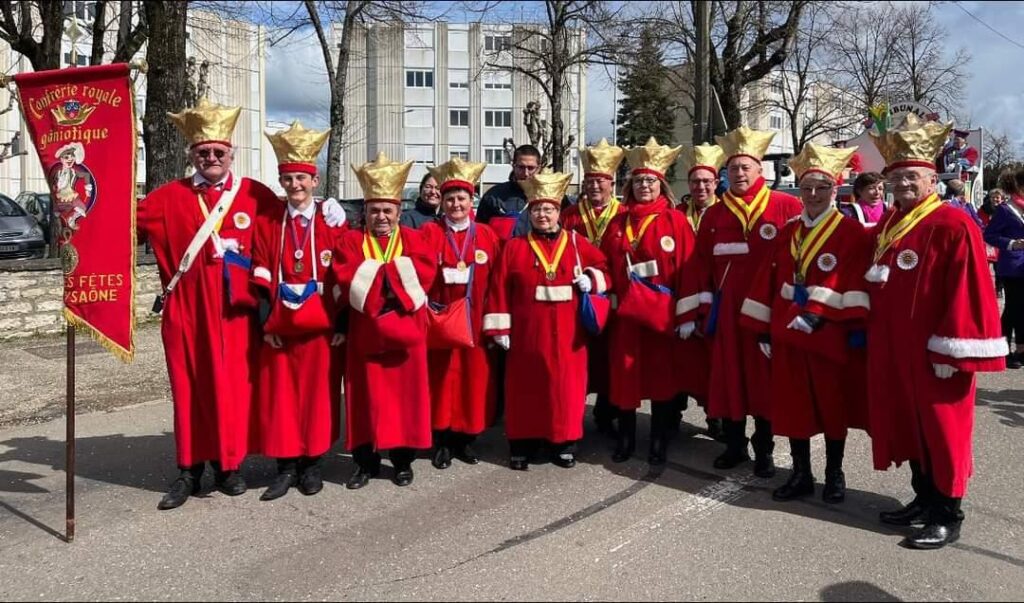
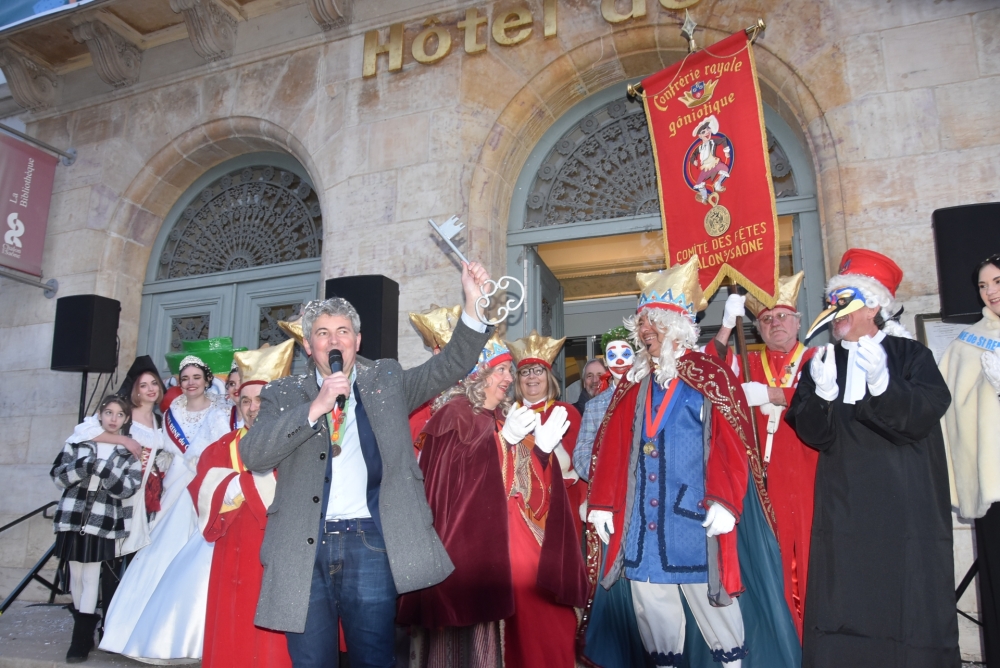
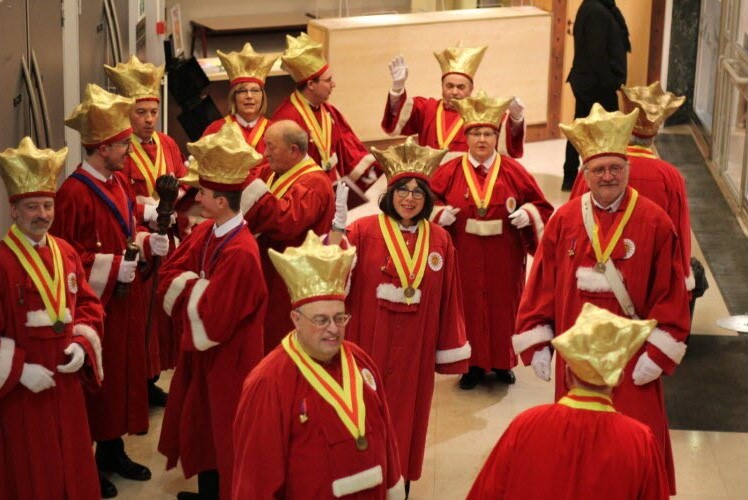
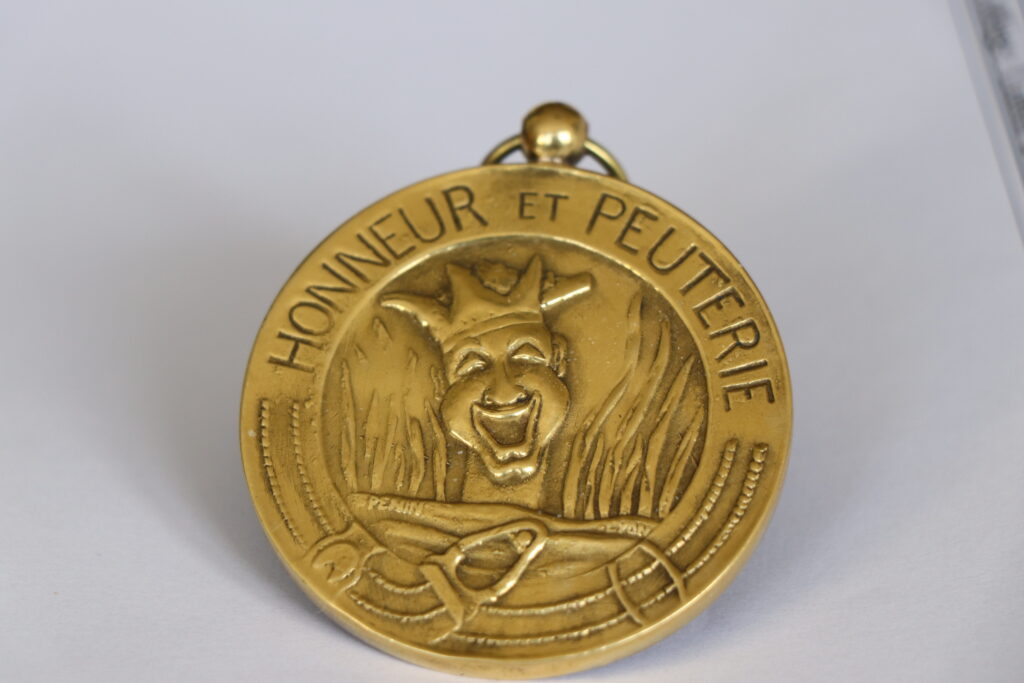
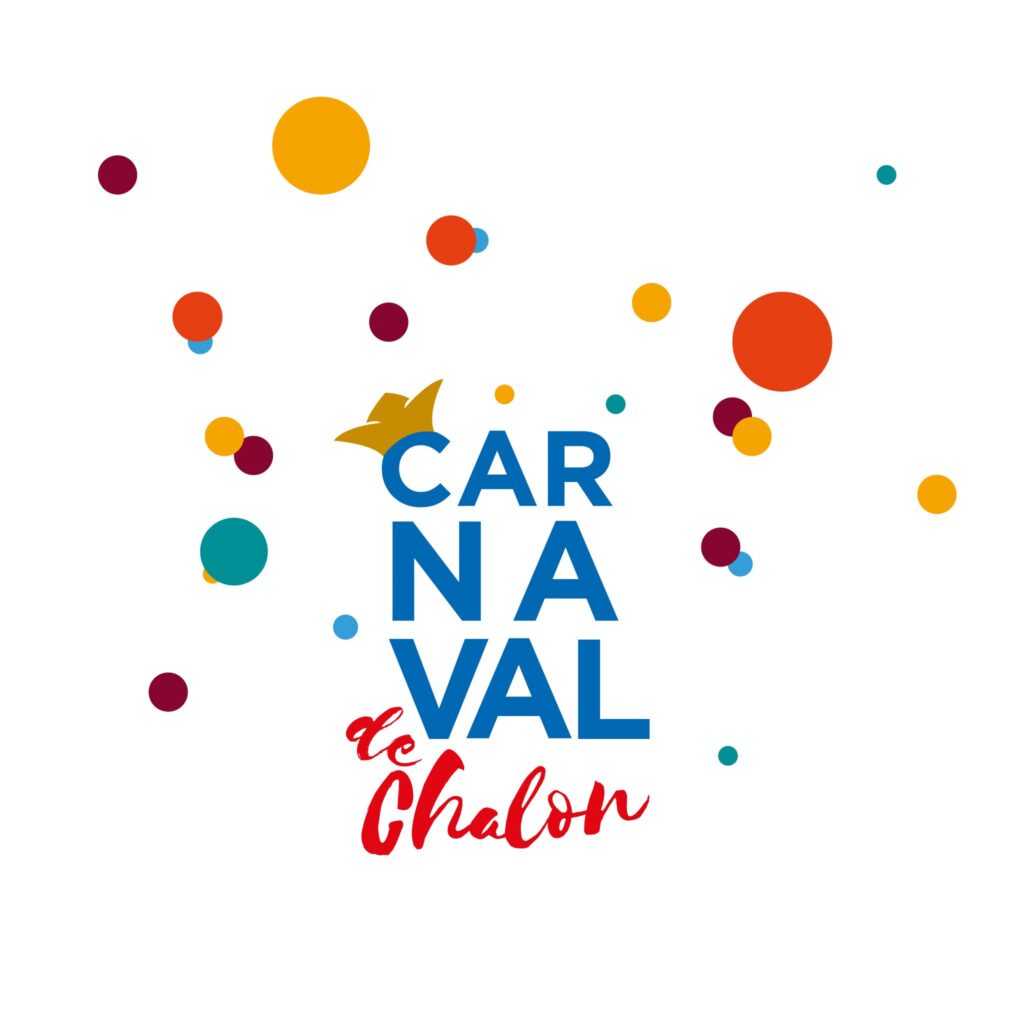
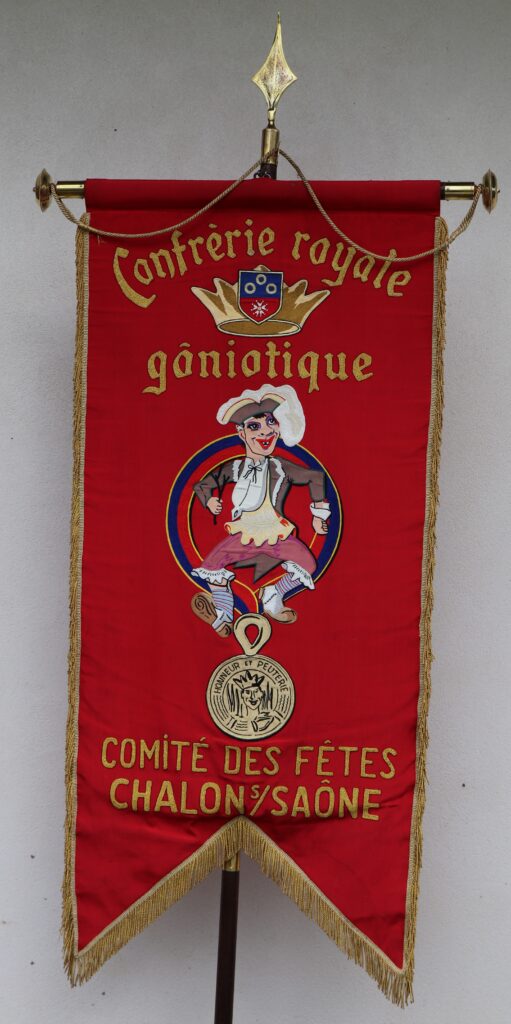
Francia, Lyon
GUIGNOL ET MADELON
Cristina e Dante Bruno presentano Guignol e Madelon di Lione.
<<Nel 2020 abbiamo realizzato il nostro sogno nel cassetto, ovvero percorrere il giro d’Italia in costume, partecipando ai vari carnevali italiani, con tappa in ogni Regione, con i nostri costumi tradizionali, facendo conoscere la leggenda della nostra cittadina di Busca e delle nostre maschere Bella Antilia e Buscaja. Conclusa questa indimenticabile esperienza che tanta soddisfazione ci ha dato, dal 2021 desideriamo far conoscere la tradizione Lionese con due nuovi personaggi caratteristici ossia Guignol et Madelon dans le carnaval italien, impersonando gli antichi burattini nati a Lione oltre 200 anni fa. Guignol è il celebre burattino creato a Lione verso il 1808 da Laurent Mourguet. Guignol rappresenta un canut, cioè un operaio di un setificio (Lione è famosa per la seta) ed ha per moglie Madelon e come inseparabile amico Gnafron. Il Carnevale è anche un’occasione per fare cultura!>>
Cristina and Dante Bruno present Guignol and Madelon from Lyon.
In 2020 we realized our dream, that is to travel the tour of Italy in costume, participating in the various Italian carnivals, with a stop in each Region, with our traditional costumes, making known the legend of our town of Busca and our Bella Antilia and Buscaja masks. Having concluded this unforgettable experience that has given us so much satisfaction, from 2021 we wish to make the Lyonnais tradition known with two new characteristic characters, namely Guignol and Madelon in the Italian carnaval, impersonating the ancient puppets born in Lyon over 200 years ago. Guignol is the famous puppet created in Lyon around 1808 by Laurent Mourguet. Guignol represents a canut, i.e. a worker in a silk factory (Lyon is famous for its silk) and has Madelon as his wife and Gnafron as his inseparable friend. Carnival is also an opportunity for culture!
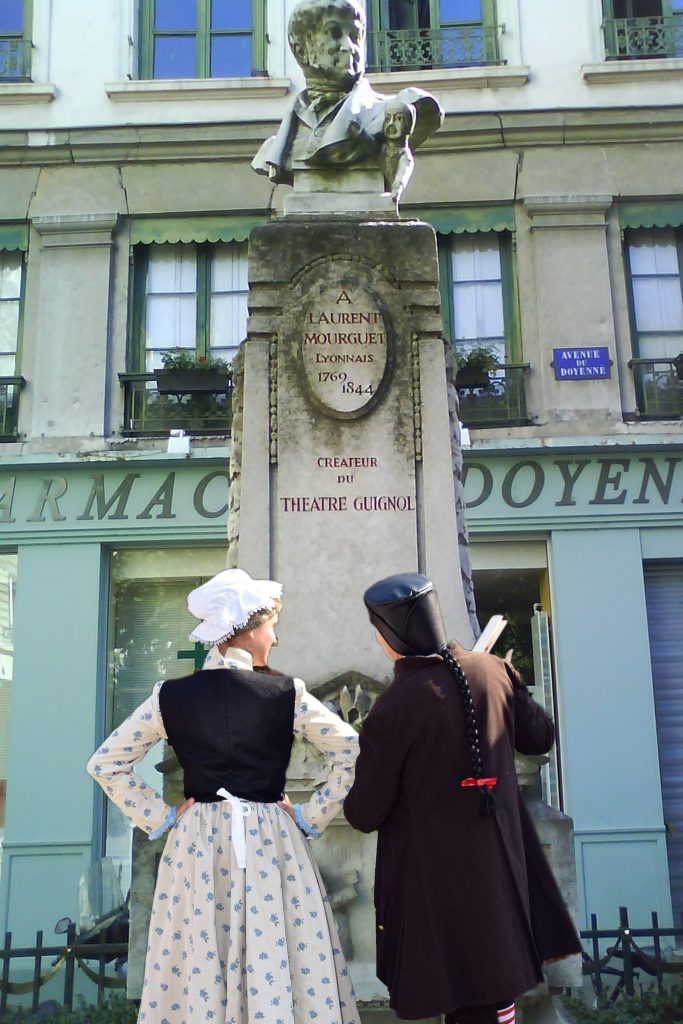
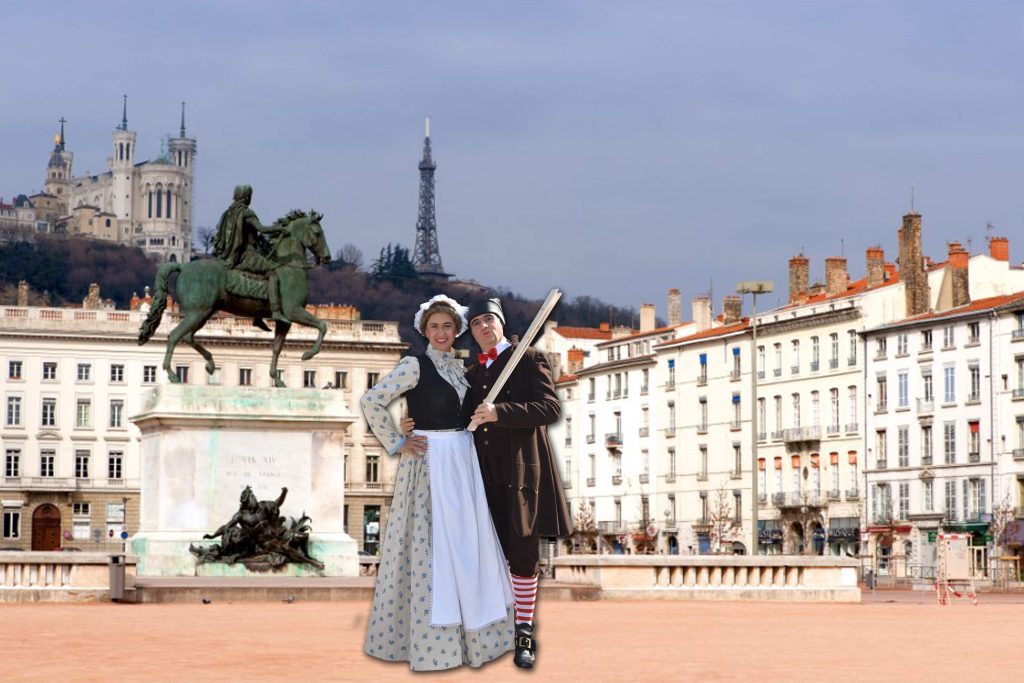
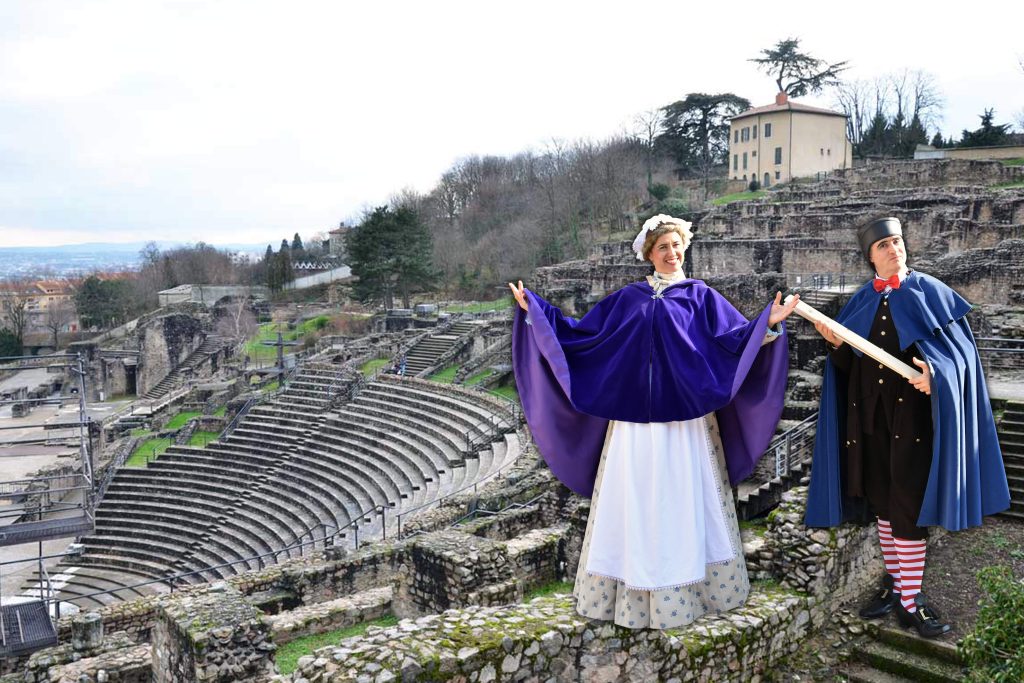
Francia, Menton
LA FÊTE DU CITRON
La Fête du Citron è un evento carnevalesco organizzato dall’ufficio turistico della città di Mentone, in Francia, e si tiene ogni anno alla fine dell’inverno. Ha origine nel 1929 quando la città di Mentone era la prima produttrice di limone in Europa. Il festival celebra la produzione annuale di limoni e altri agrumi. I carri e le sculture presenti al carnevale sono realizzati con limoni e arance. Oggi è il secondo più grande evento invernale pubblico della Costa Azzurra dopo il Carnevale di Nizza. Il Limone di Mentone ha ottenuto nel 2015 il riconoscimento della sua specificità e della sua eccellenza da un indice geografico protetto.
The Fête du Citron is a carnival event organized by the tourist office of the city of Menton, France, and is held every year at the end of winter. It originates in 1929 when the city of Menton was the first lemon producer in Europe. The festival celebrates the annual production of lemons and other citrus fruits. The floats and sculptures featured at the carnival are made with lemons and oranges. Today it is the second largest public winter event on the French Riviera after the Nice Carnival. In 2015, the Lemon of Menton obtained recognition of its specificity and excellence from a protected geographical index.
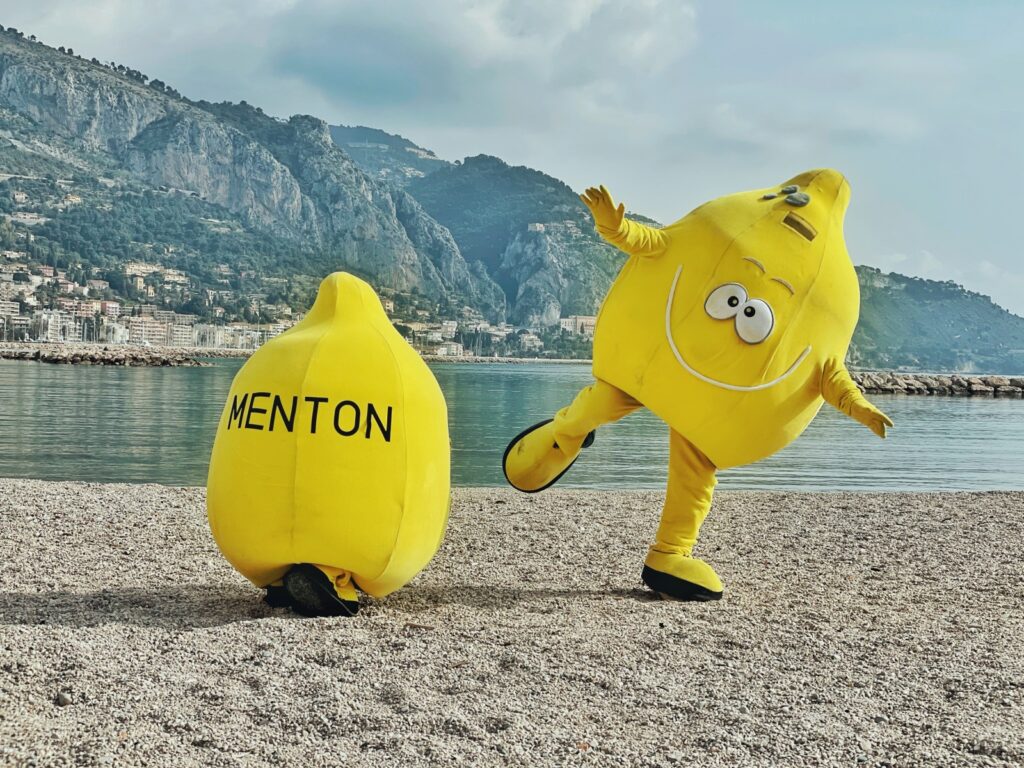
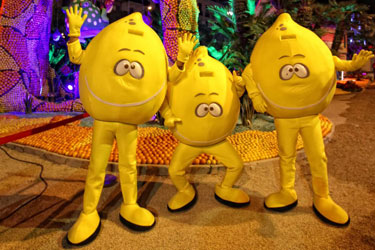
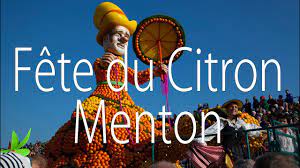

Francia, Nice
LE CARNAVAL DE NICE
Il Carnevale di Nizza, il primo Carnevale a carattere internazionale di Francia, è l’evento invernale più importante della Costa Azzurra. Due settimane di festeggiamenti animano la città di Nizza – In questo evento imperdibile sono in programma “Parate carnevalesche” giorno e notte ed eleganti “Battaglie dei Fiori”. Tanti carri addobbati e animati in linea con il tema della stagione sfilano al ritmo di compagnie di street art e gruppi musicali di varia provenienza (da tutto il mondo), il tutto in un’atmosfera colorata, festosa e familiare.
The Carnival of Nice, the first international Carnival in France, is the most important winter event on the Côte d’Azur. Two weeks of festivities animate the city of Nice – In this unmissable event, “Carnival Parades” day and night and elegant “Flower Battles” are scheduled. Many decorated and animated floats in line with the theme of the season parade to the rhythm of street art companies and musical groups of various origins (from all over the world), all in a colourful, festive and familiar atmosphere.
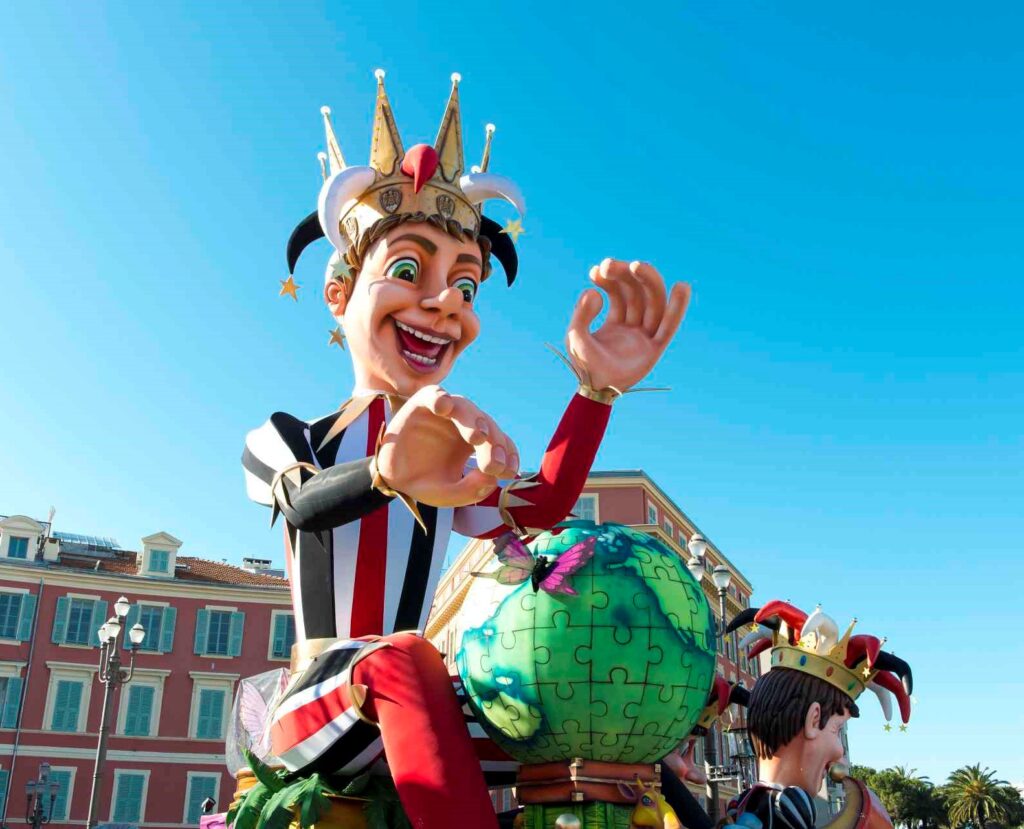
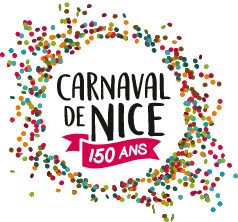
Germania,
KÖLNER KARNEVAL
Nel 1823 venne fondato il Komitee Festordnendes, cioè l’antenato dell’attuale Comitato del Carnevale, che oggi conta più di 100 associazioni riunite con l’obiettivo di preservare il valore della tradizione carnevalesca. La tradizione vuole che le chiavi della città vengano simbolicamente consegnate a 3 personaggi: la Vergine, il Contadino e il Principe. La Vergine è rappresentata da una figura maschile vestita con abiti femminili, che ritrae l’indulgente madre di Colonia. Il Contadino, il detentore fisico delle chiavi, riproduce il coraggio della città: è caratterizzato dalla gentilezza e dalla bontà. Il Principe infine è considerato la figura cardine, colui che presiede i festeggiamenti.
In 1823 the Komitee Festordnendes was founded, ie the ancestor of the current Carnival Committee, which today has more than 100 associations united with the aim of preserving the value of the carnival tradition. Tradition has it that the keys to the city are symbolically handed over to 3 characters: the Virgin, the Farmer and the Prince. The Virgin is represented by a male figure dressed in women’s clothing, portraying the indulgent mother of Cologne. The Farmer, the physical holder of the keys, reproduces the courage of the city: he is characterized by kindness and goodness. Finally, the Prince is considered the key figure, the one who presides over the festivities.
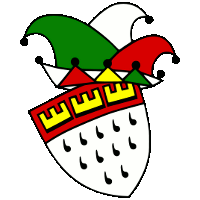
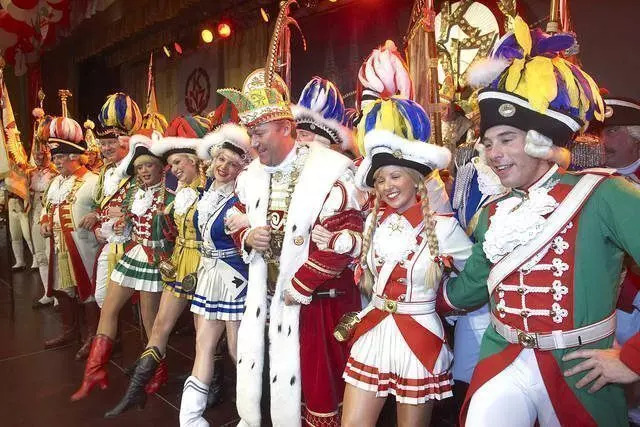
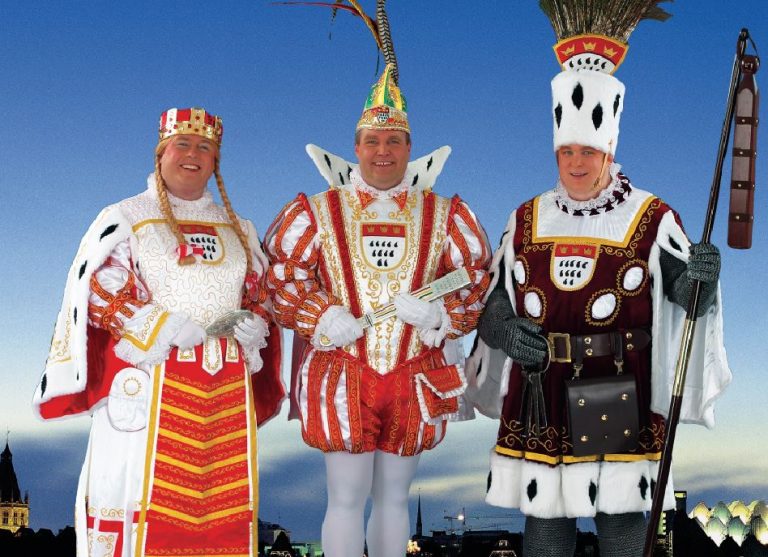
Ghana, Accra
DANCE AFRICA FOUNDATION
La Dance Africa Foundation nasce nel 2009 e viene registrata ufficialmente nel 2013. Ha come obiettivo quello di impattare sulla società attraverso la danza e di promuovere le ricche culture dell’Africa, ampliando al contempo la portata delle attrazioni turistiche in Ghana. Con cuore, corpo, anima la DAF ha iniziato a prendere parte a varie attività culturali di danza in Ghana. Mira anche a rafforzare la partecipazione dei giovani alla cultura ghanese come mezzo per aumentare la loro fiducia in se stessi e per potenziare ulteriormente i giovani con le conoscenze e le abilità necessarie nella produzione di artigianato al fine di ridurre la disoccupazione.
The Dance Africa Foundation was established in 2009 and officially registered in 2013. It aims to impact society through dance and to promote the rich cultures of Africa while expanding the reach of tourist attractions in Ghana. With heart, body, soul DAF started to take part in various cultural dance activities in Ghana. It also aims to enhance young people’s participation in Ghanaian culture as a means of boosting their self-confidence and to further empower young people with the necessary knowledge and skills in handicraft production in order to reduce unemployment.
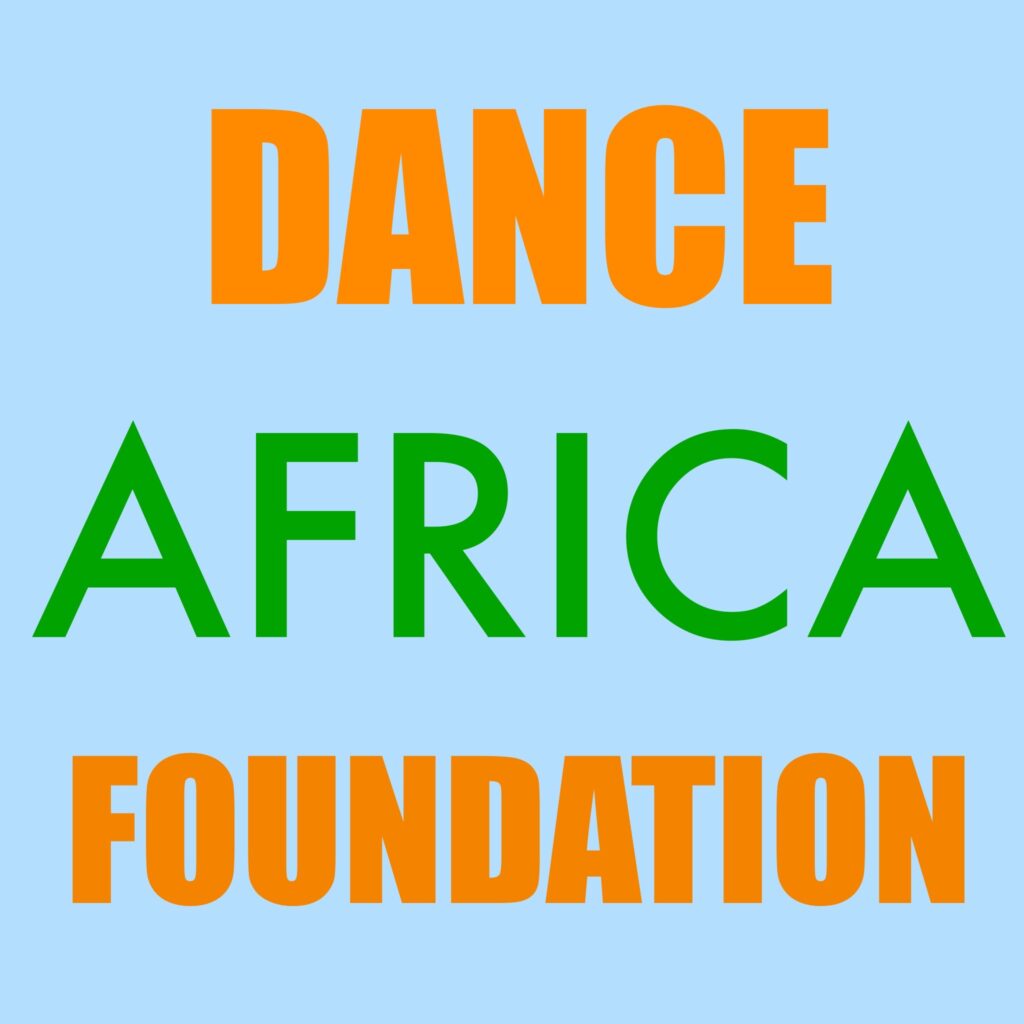

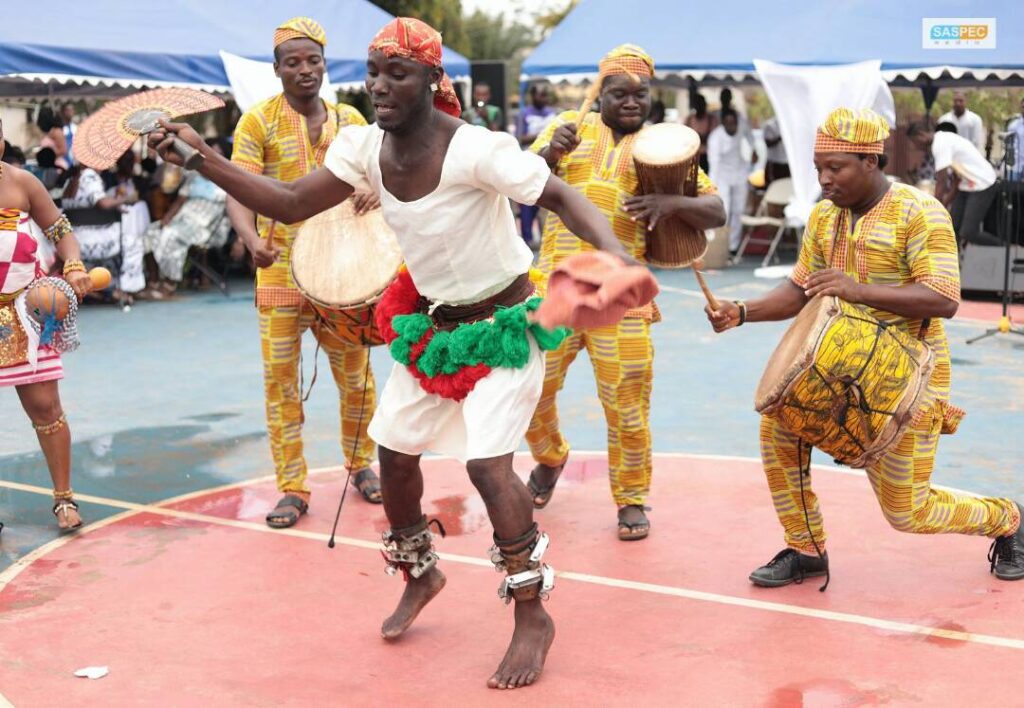
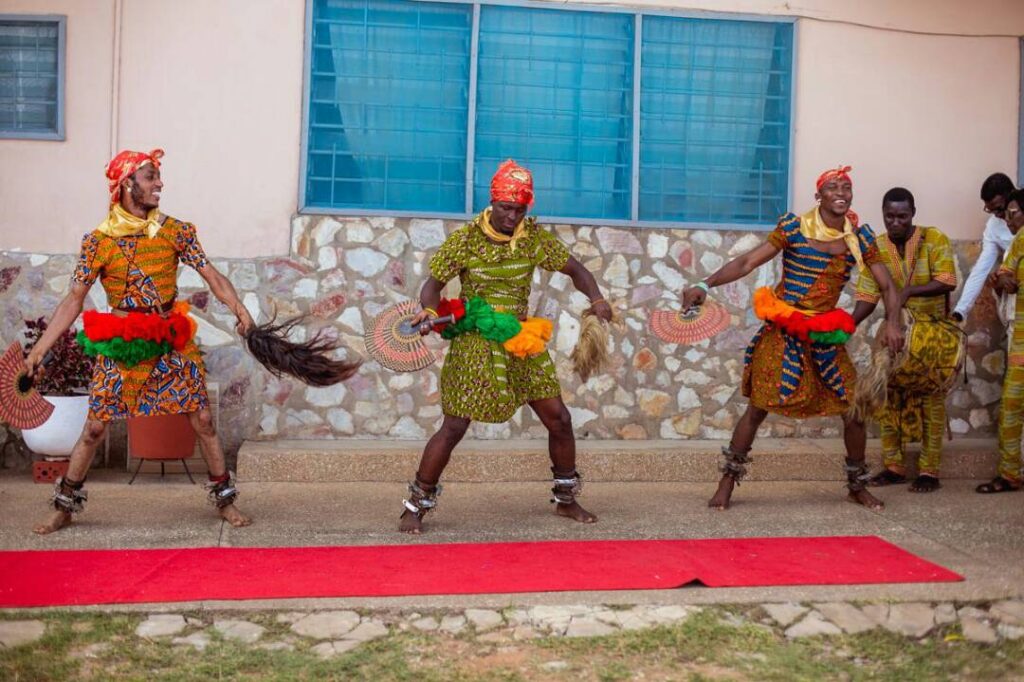
India, Anand
OMSHIV PERFORMING ARTS TRUST
L’Omshiv Performing Arts Trust è stato fondato nel 2018. Lo scopo principale è diffondere la cultura indiana in tutto il mondo attraverso il meraviglioso linguaggio della danza. Danza folkloristica
Una danza folkloristica è una danza sviluppata da persone che riflettono la vita delle persone di un determinato paese o regione. Non tutte le danze etniche sono danze popolari. Ad esempio le danze rituali o di origine rituale non sono considerate danze popolari, le danze rituali sono chiamate danze religiose a causa del loro scopo, la danza classica indiana o “Shastriya Devesh” è un termine generico per varie arti dello spettacolo radicate negli stili di teatro musicale religioso indú. La tradizione della danza indiana ha migliaia di anni e svolge un ruolo importante nella cultura indú. Nell’induismo tutte le forme d’arte come la danza, musica, pittura e scultura trasmettono il lato bello e divino dell’uomo. Il Natya Shastra è il più antico documento letterario sull’arte della danza indiana contiene la conoscenza che secondo la mitologia fu rivelata al grande saggio Bharata dal Dio Brahma. Questo lavoro completo chiamato anche il quinto Veda, descrive la danza, musica, recitazione, estetica e scultura nei minimi dettagli. Con gesti delle mani, recitazione e pantomima questa sacra arte della danza racconta storie sacre della mitologia indiana e descrive in modo affascinante divinità, uomini, animali e loro emozioni.
The Omshiv Performing Arts Trust was established in 2018. The main aim is to spread Indian culture all over the world through the beautiful language of dance. Folk dance
A folk dance is a dance developed by people that reflects the life of the people of a particular country or region. Not all ethnic dances are folk dances. For example ritual dances or dances of ritual origin are not considered folk dances, ritual dances are called religious dances due to their purpose, Indian classical dance or “Shastriya Devesh” is a generic term for various performing arts rooted in the styles of Hindu religious musical theatre. The tradition of Indian dance is thousands of years old and plays an important role in Hindu culture. In Hinduism all art forms such as dance, music, painting and sculpture convey the beautiful and divine side of man. The Natya Shastra is the oldest literary document on the art of Indian dance contains the knowledge which according to mythology was revealed to the great sage Bharata by the God Brahma. This comprehensive work also called the fifth Veda, describes the dance, music, recitation, aesthetics and sculpting down to the last detail. With hand gestures, acting and pantomime this sacred art of dance tells sacred stories from Indian mythology and captivatingly describes gods, humans, animals and their emotions.


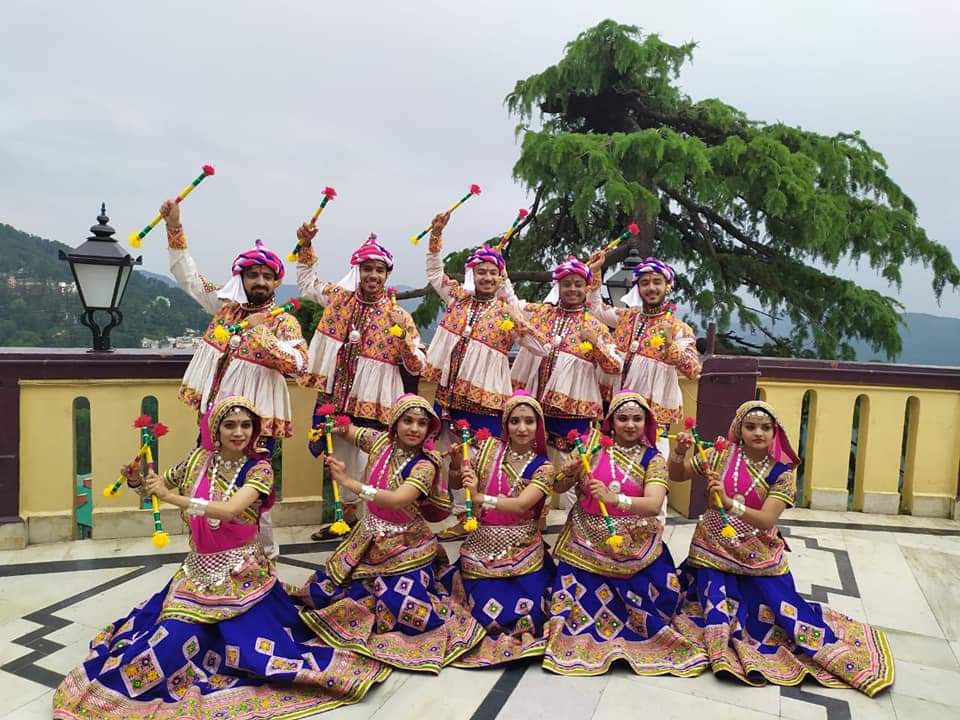
Sardulgarh, India
BHANGRA BLASTER SABHYACHARK KALA MANCH
Bhangra Blaster Sabhyachark Kala Manch (Regd.638), Jhanda Kalan lavora in questo campo dal 1998 e ottiene la registrazione nel 2006 a livello distrettuale. Più di 325 artisti folk che lavorano in questo Kala Manch e sono presenti in tutto il mondo con danze popolari del Punjab e della lingua Punjabi. Gli artisti di BBS Kala Manch hanno eseguito Bhangra, Gidha, Luddi Sammi Malwai Gidha, Jindua e le arti marziali di Khalsa chiamate Gatka. Presidente di questo Kala Manch ha una buona esperienza accademica e culturale in questo campo per la promozione del nostro patrimonio punjabi.
Bhangra Blaster Sabhyachark Kala Manch (Regd.638), Jhanda Kalan working in this field from 1998 and get registration in 2006 from district level. More than 325 folk artistes woking in this Kala Manch and present all over the world with folk dances of Punjab and Punjabi language.Artistes of BBS Kala Manch performed Bhangra,Gidha,Luddi Sammi Malwai Gidha,Jindua and martial arts of Khalsa called Gatka.President of this Kala Manch have good academic as well as cultural experience in this field to promotion of our Punjabi heritage.
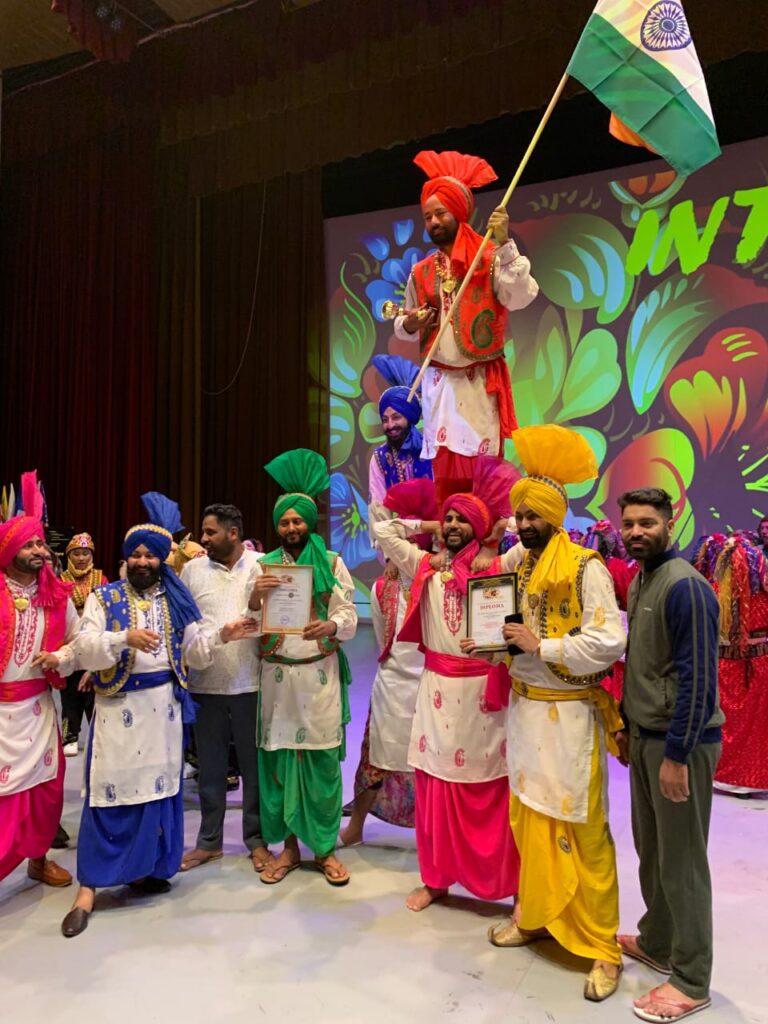
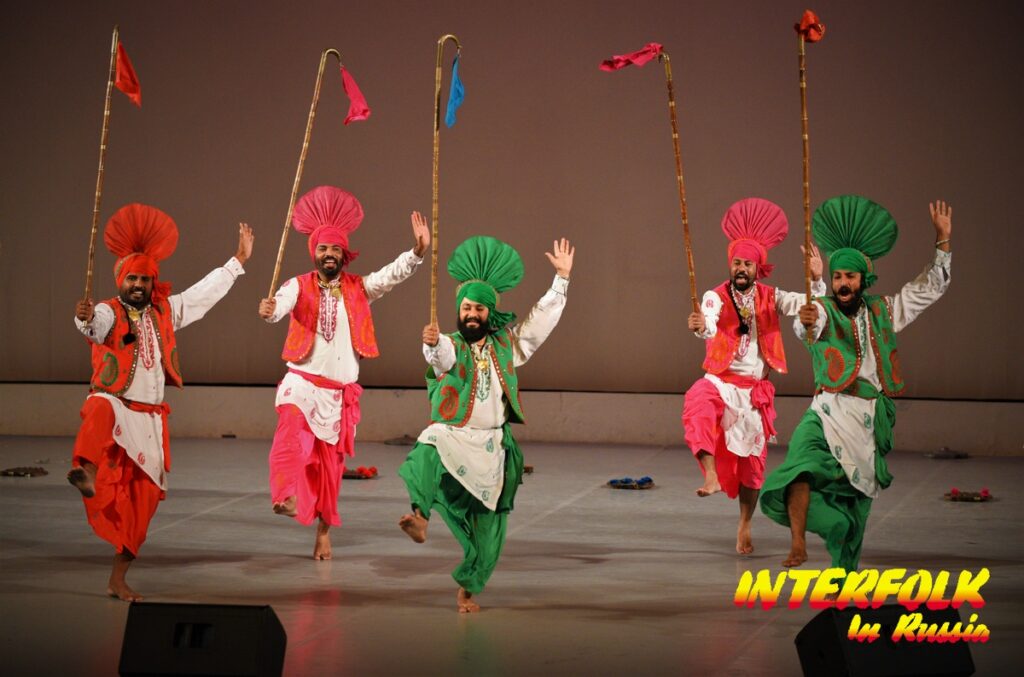
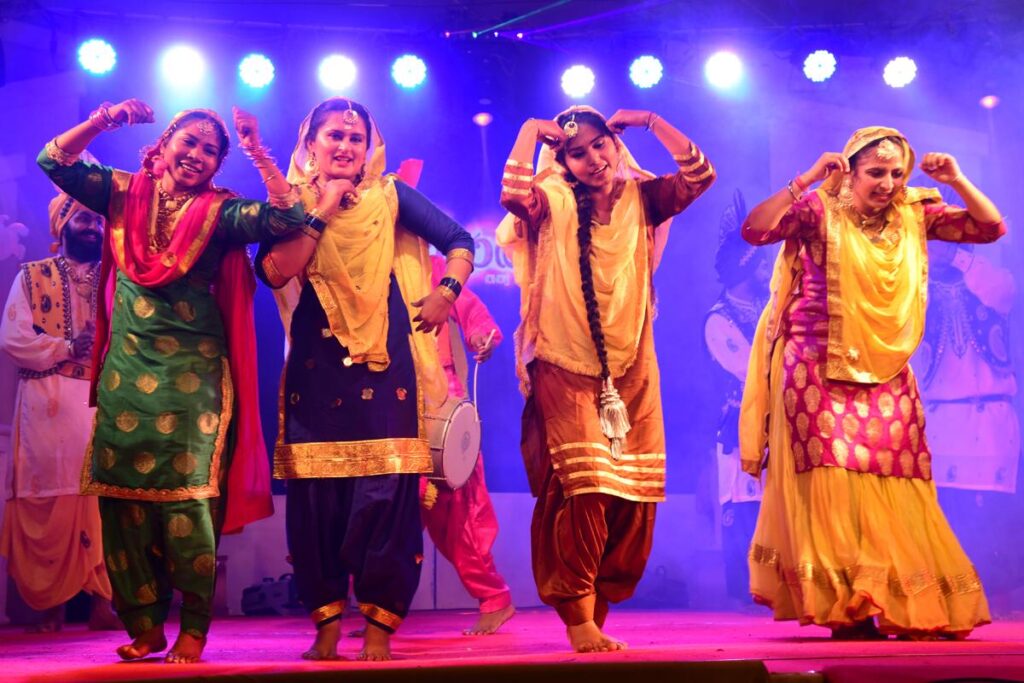
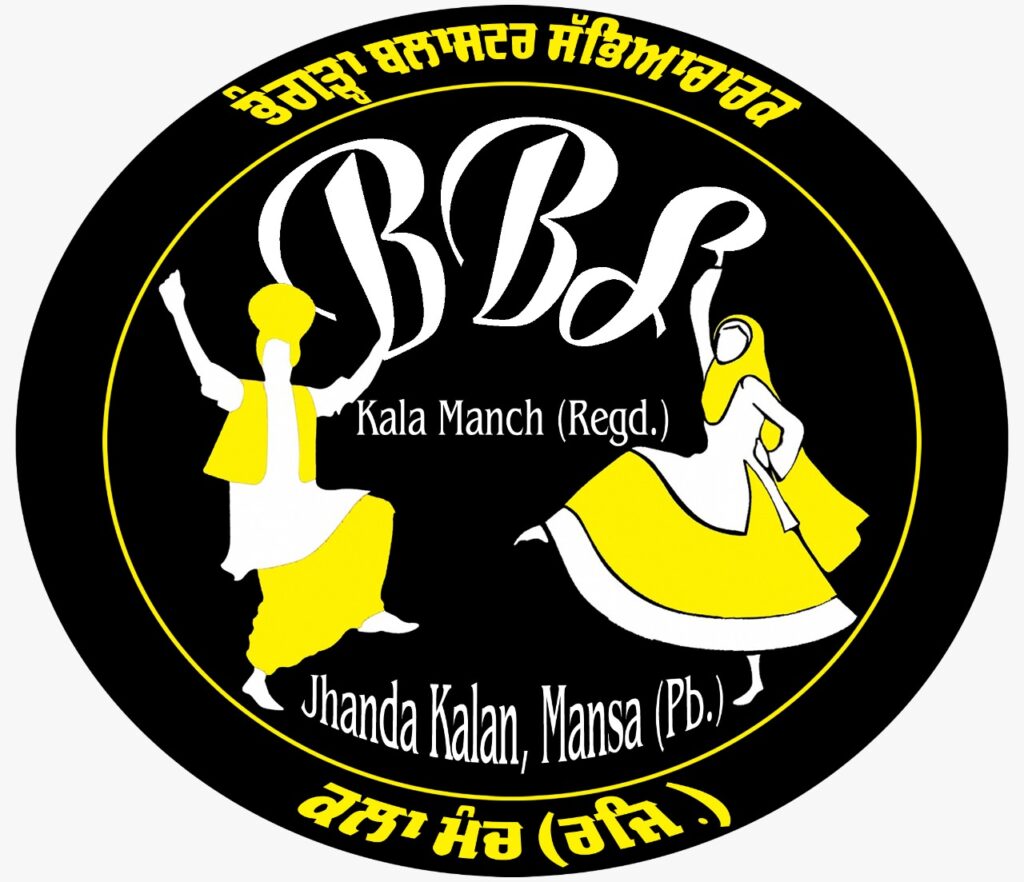
Ucraina, Kyiv
KYIV-POLIT
Il gruppo di danza popolare Kyiv polit è unito dall’amore per le melodie e le danze popolari ucraine. Nato oltre trent’anni fa, il gruppo si è riavvicinato nel 2017 ed è diventato un raffinato Folk Dance Group “Kyiv-Polit”. Nei nostri spettacoli siamo entusiasti di presentare agli spettatori danze popolari, preparate e messe in risalto utilizzando il lessico coreografico ucraino, nonché una grande varietà di costumi etnici provenienti da molte regioni dell’Ucraina. Il programma dello spettacolo generalmente dura fino a 60 minuti e si tratta di più di 25 routine di ballo.
Le danze popolari sono il nostro tempo libero, il nostro amore e la nostra vita. Oggi il gruppo di danza popolare “Kyiv – Polit” comprende un nucleo di oltre 45 partecipanti dilettanti e il suo costante sforzo creativo arricchisce il repertorio dell’ensemble con perle coreografiche nazionali ucraine e mondiali.
Folk dance group Kyiv polit is united by love for Ukrainian folk dances and melodies. Born over thirty years ago, the group reunited in 2017 and became a refined Folk Dance Group “Kyiv-Polit”. In our shows we are excited to present to the audience folk dances, prepared and highlighted using Ukrainian choreographic lexicon, as well as a great variety of ethnic costumes from many regions of Ukraine. The program of the show generally lasts up to 60 minutes and consists of more than 25 dance routines.
Folk dances are our free time, our love and our life. Today, the folk dance group “Kyiv – Polit” includes a core of more than 45 amateur participants, and its constant creative effort enriches the repertoire of the ensemble with national Ukrainian and world choreographic pearls.
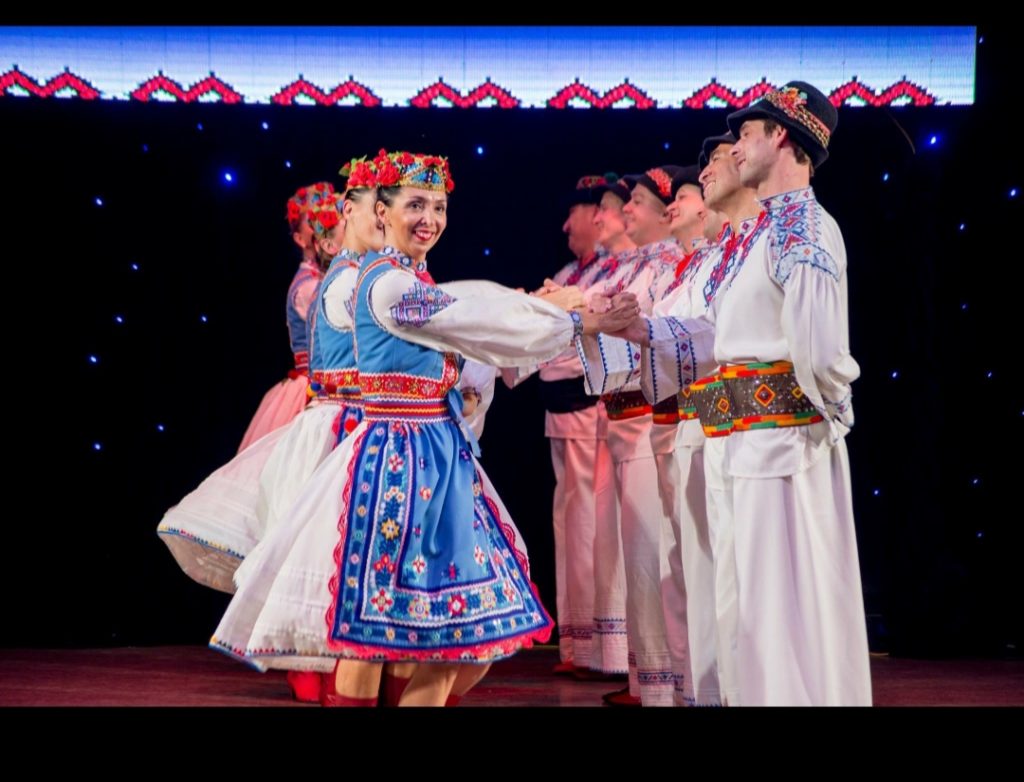
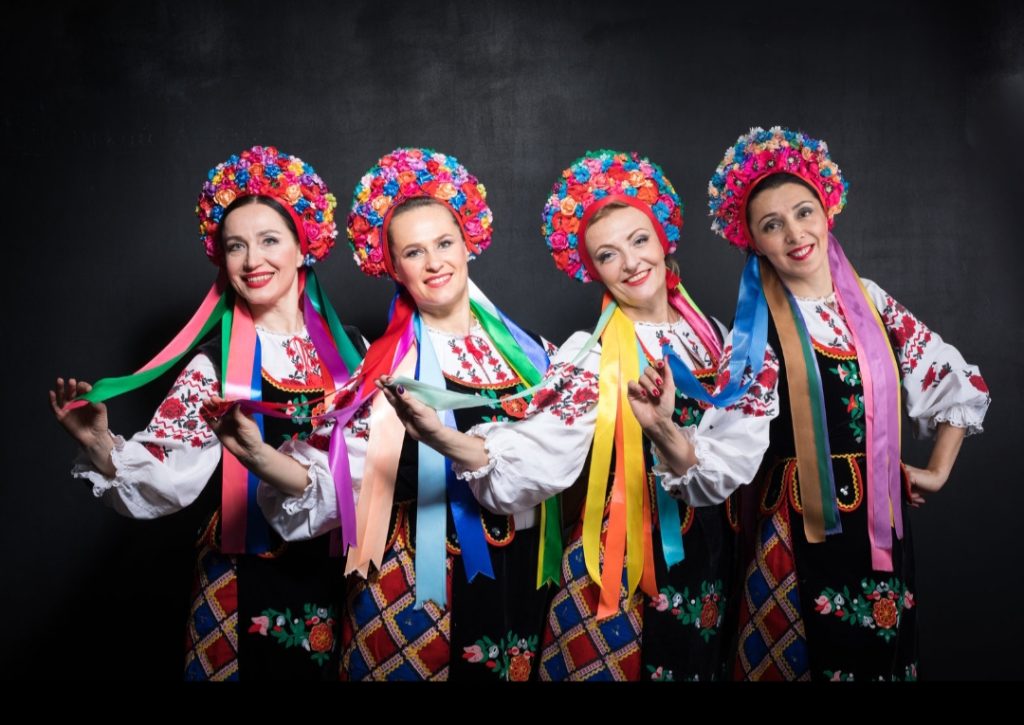
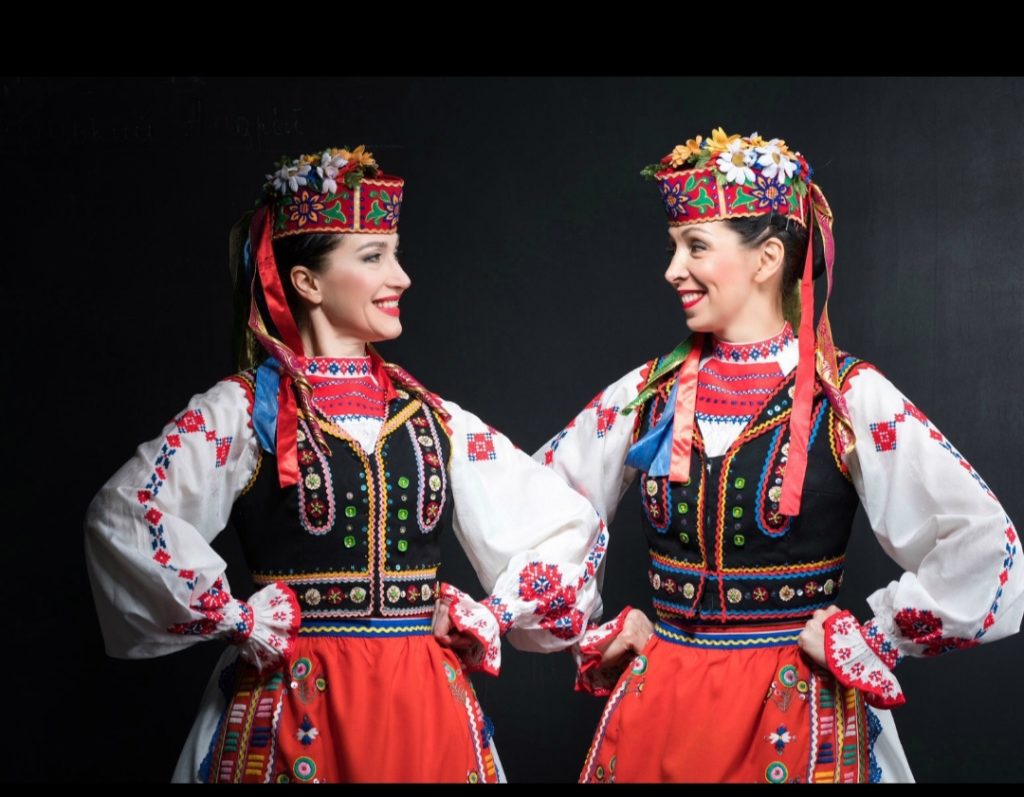
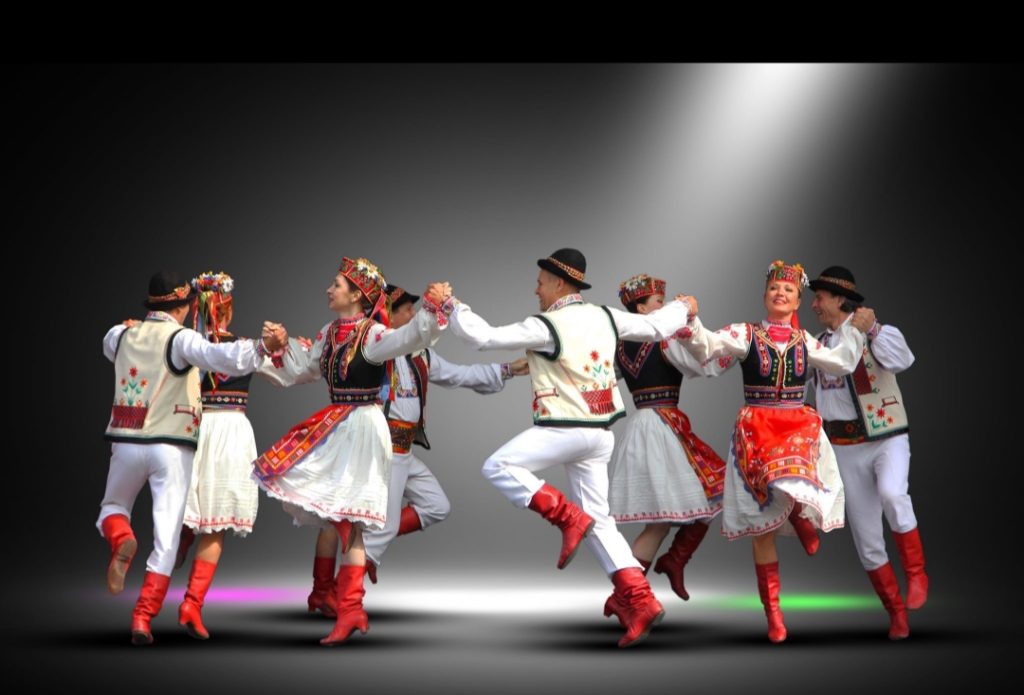
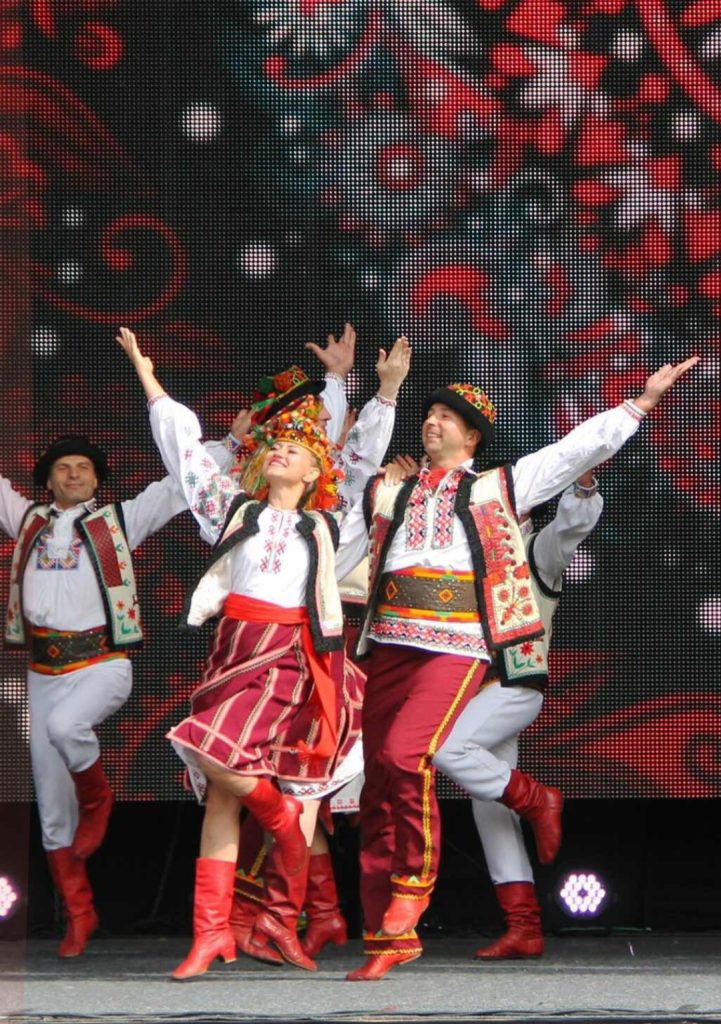
Kandy, Sri Lanca
RANGEE DANCE COMPANY
Gruppo Folkloristico dallo Sri Lanka, con sede nell’antica Città di Kandy, situata nella provincia centrale dell’isola, sede della Cittadella Sacra di Kandy considerata patrimonio dell’umanità dal 1988.
La maschera Raksha è una maschera che gli abitanti dello Sri Lanka indossano molto nei festival e nelle danze culturali. Raksha significa “demone” e le maschere sono apotropaiche, il che significa che ha lo scopo di proteggerlo dal male. Sono dipinte con colori vivaci con occhi sporgenti e lingue sporgenti, e rappresentano vari tipi di demoni. Le maschere Raksha sono un omaggio ai Rakshasa, una razza che in precedenza governava lo Sri Lanka e poteva assumere 24 forme diverse, ma vengono eseguite solo alcune delle quali sono Naga Raksha (maschera da cobra), Gurulu Raksha (maschera da uccello), Maru Raksha (maschera demone della morte) e Purnaka Raksha.
La maschera Raksha viene anche utilizzata per eseguire danze raksha a Kolam Maduwa. Secondo le leggende lo Sri Lanka era precedentemente governato da una razza chiamata Rakshasas il cui re era Ravana del Ramayana. I Rakshasas potevano assumere varie forme. Sebbene abbiano 24 forme di Rakshasa, solo alcune vengono eseguite nella danza Kolam.
Folk group from Sri Lanka, based in the ancient city of Kandy, located in the central province of the island, home to the Sacred Citadel of Kandy considered a World Heritage Site since 1988.
Raksha mask is a mask that Sri Lankans wear a lot in cultural festivals and dances. Raksha means “demon” and the masks are apotropaic, meaning it is meant to protect him from evil. They are painted in bright colors with bulging eyes and protruding tongues, and represent various types of demons. Raksha masks are a tribute to the Rakshasas, a race that formerly ruled Sri Lanka and could assume 24 different forms but only a few of which are performed are Naga Raksha (cobra mask), Gurulu Raksha (bird mask), Maru Raksha (death demon mask) and Purnaka Raksha.
Raksha mask is also used to perform raksha dances in Kolam Maduwa. According to legends Sri Lanka was formerly ruled by a race called Rakshasas whose king was Ravana of the Ramayana. Rakshasas could take various forms. Though they have 24 forms of Rakshasa, only a few are performed in the Kolam dance.


